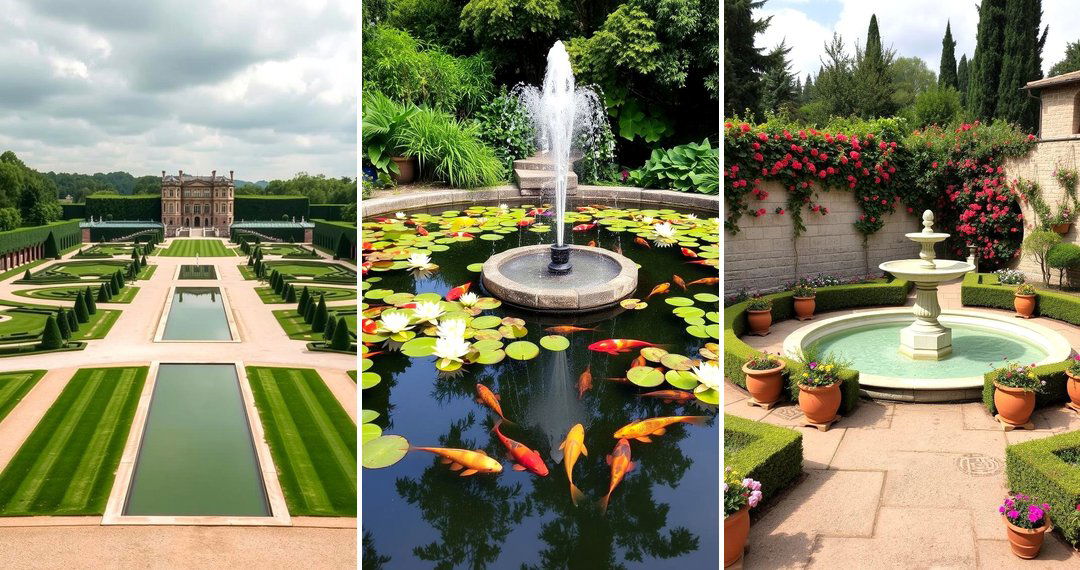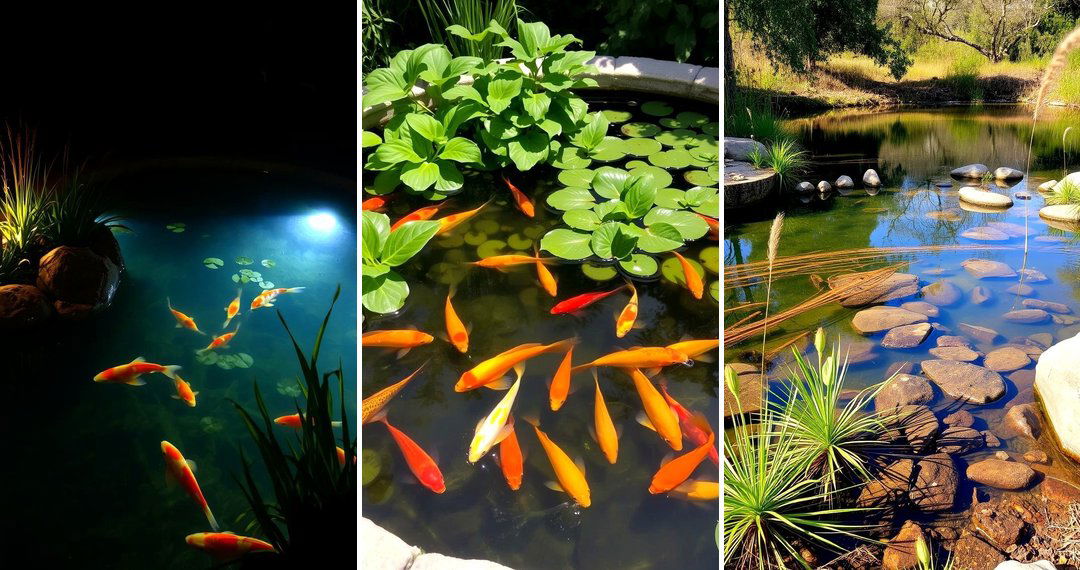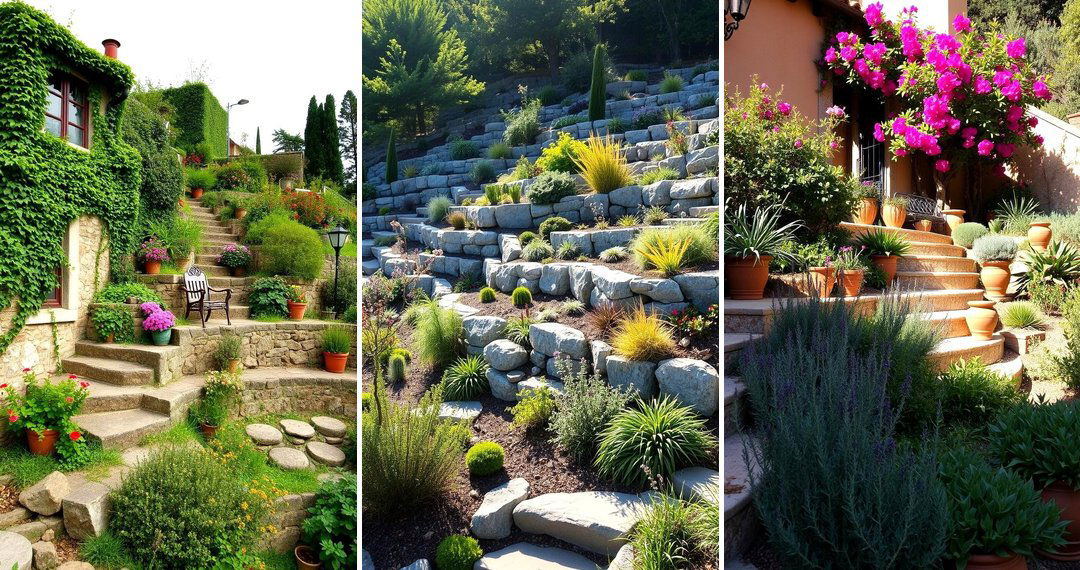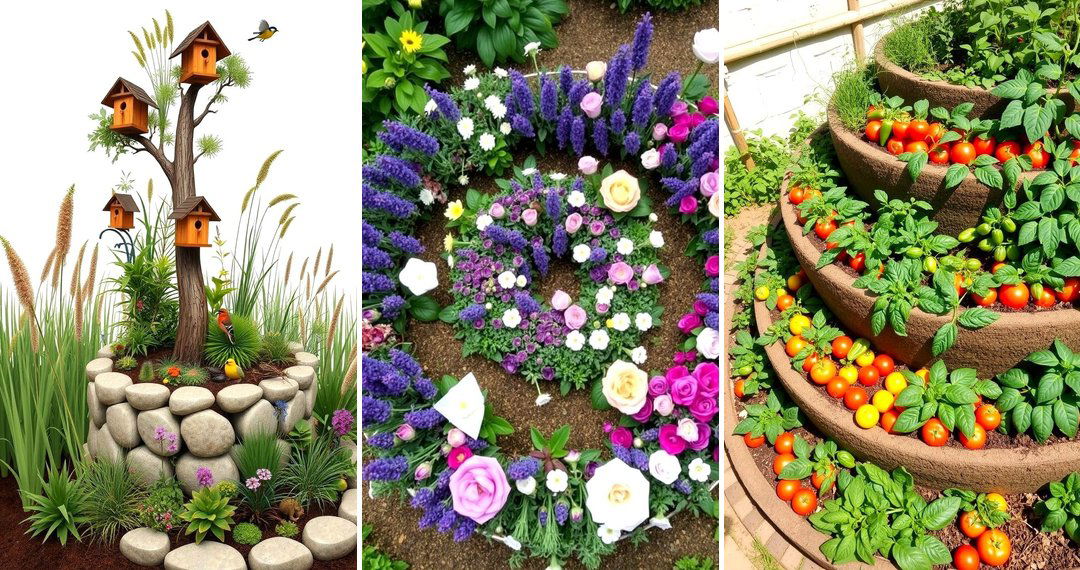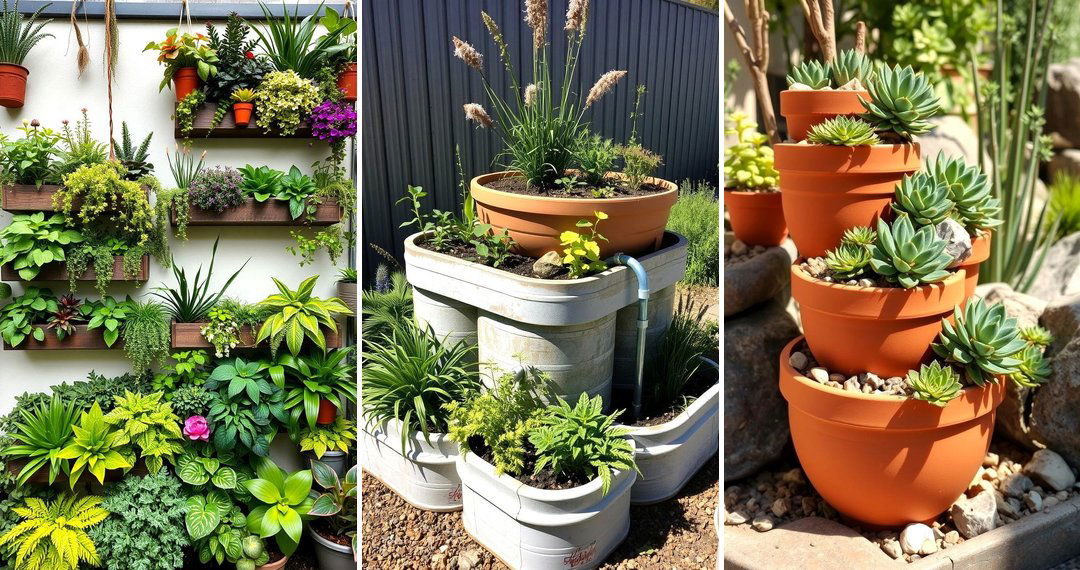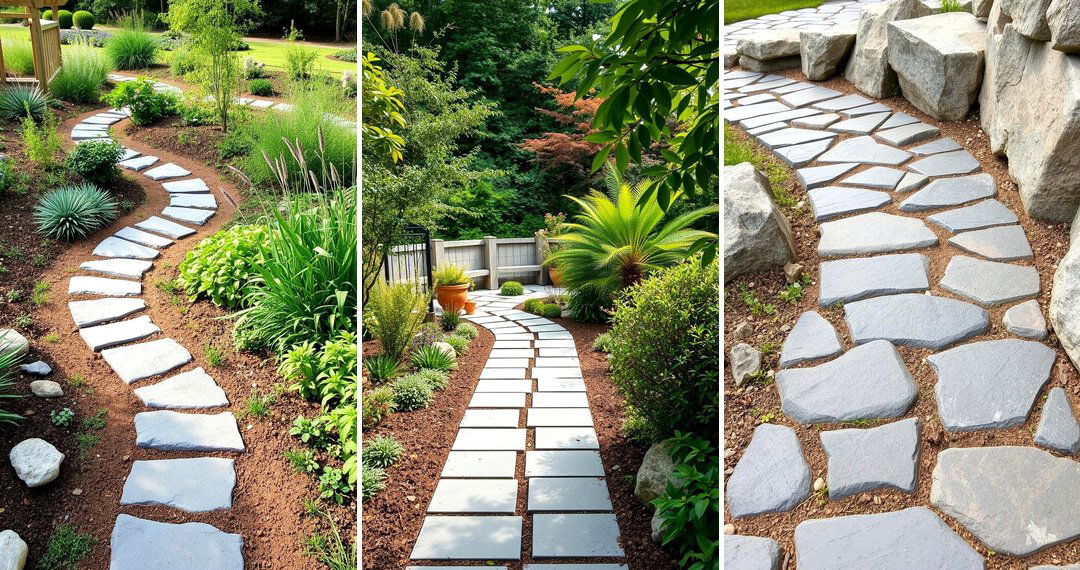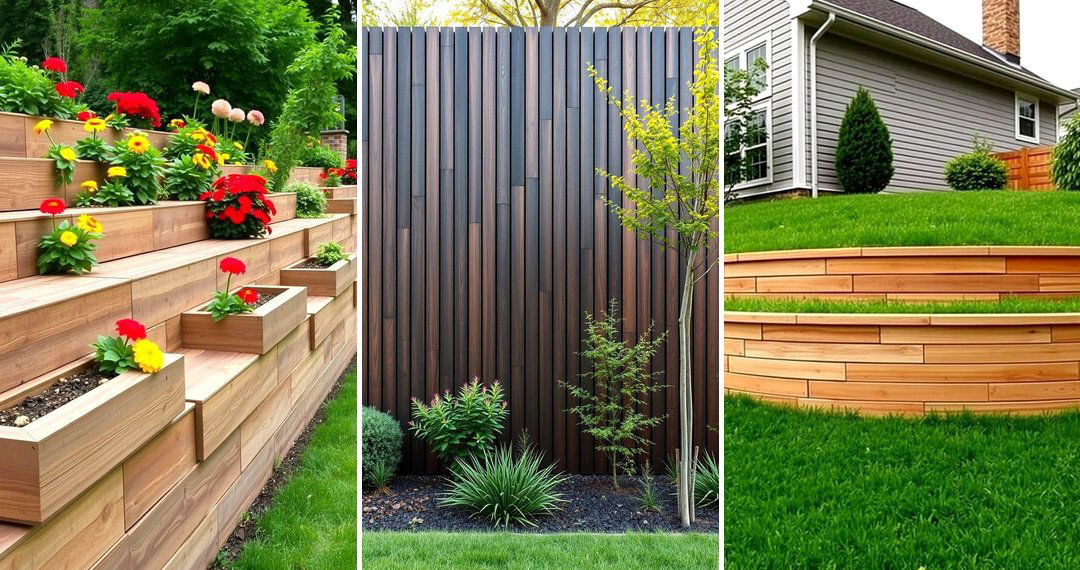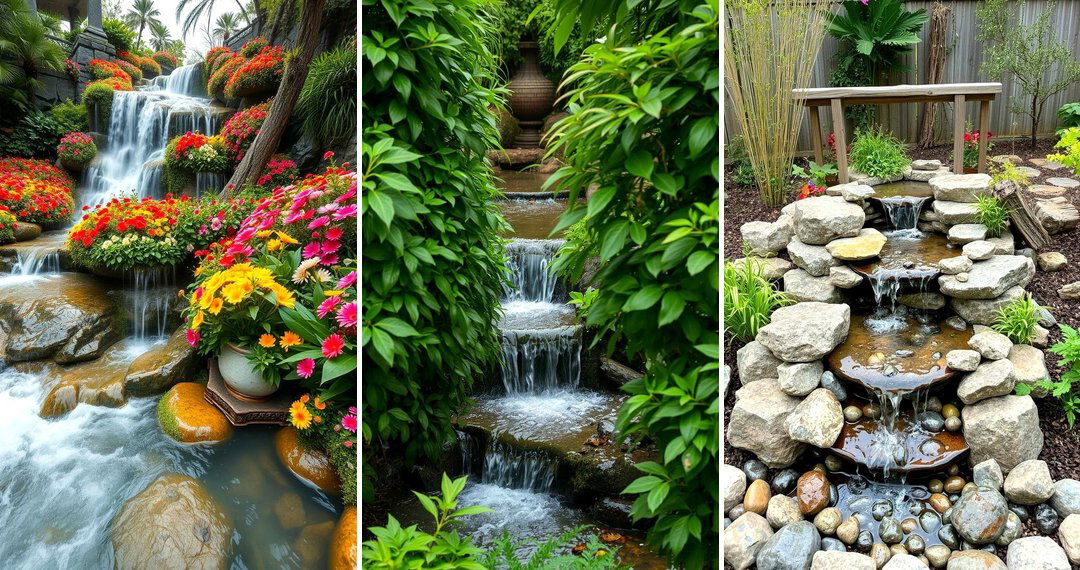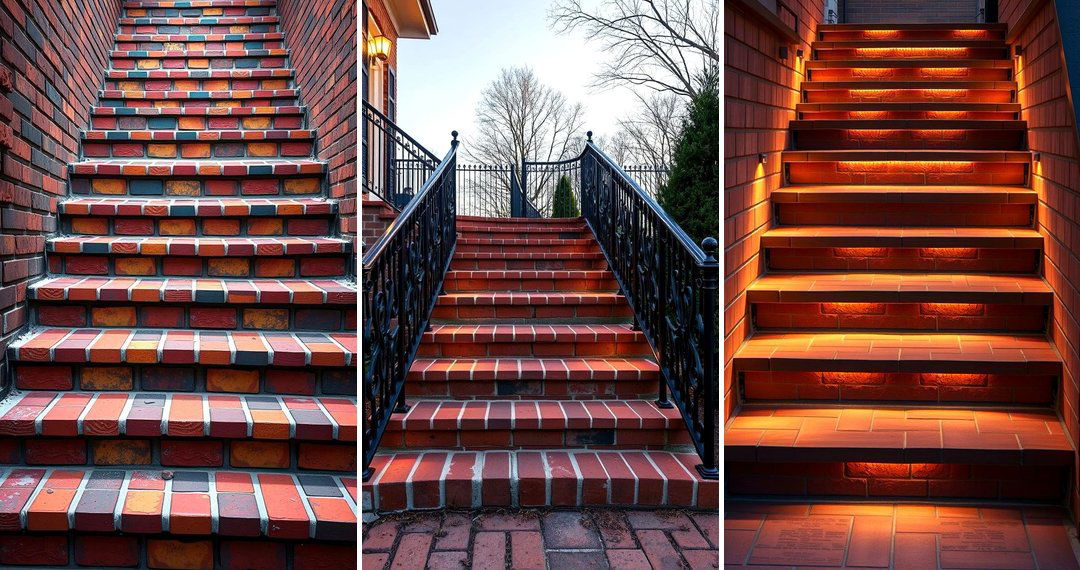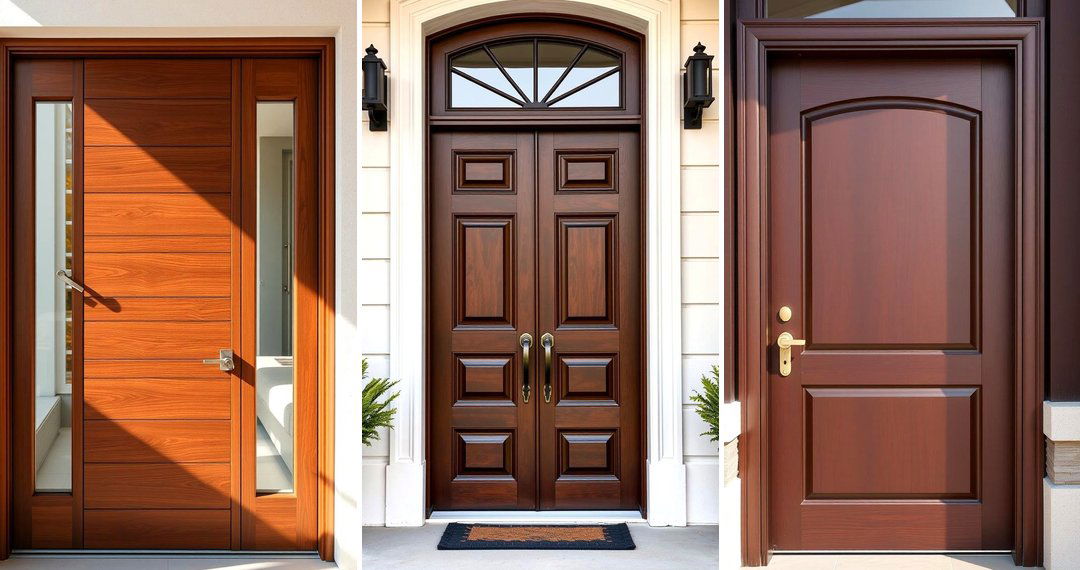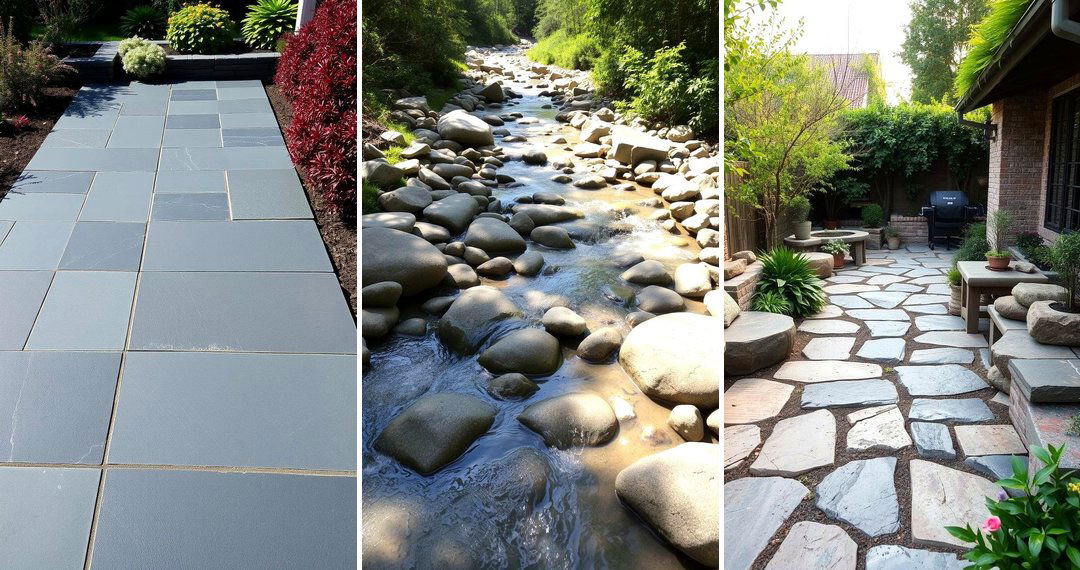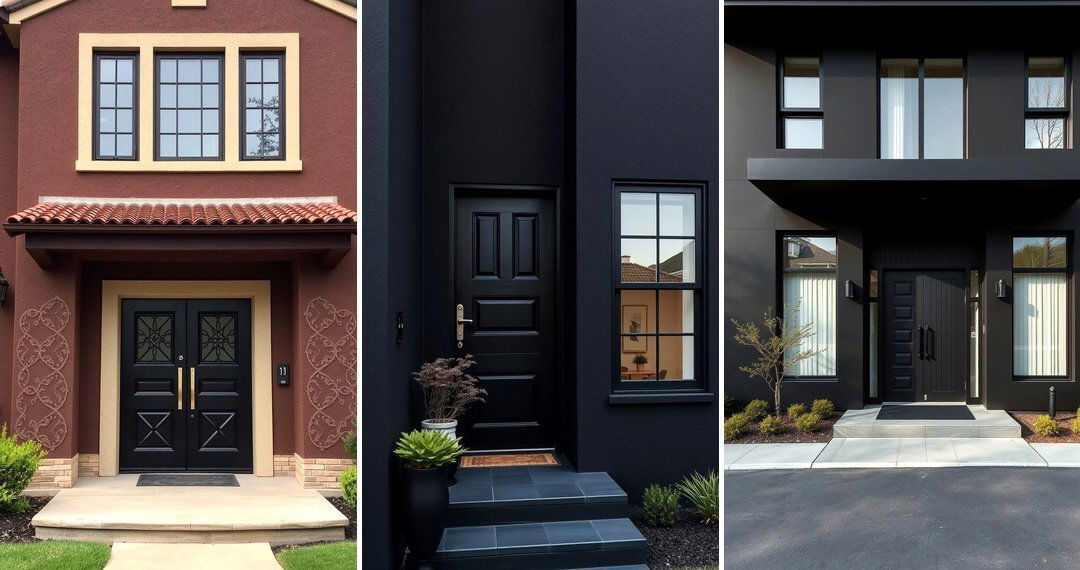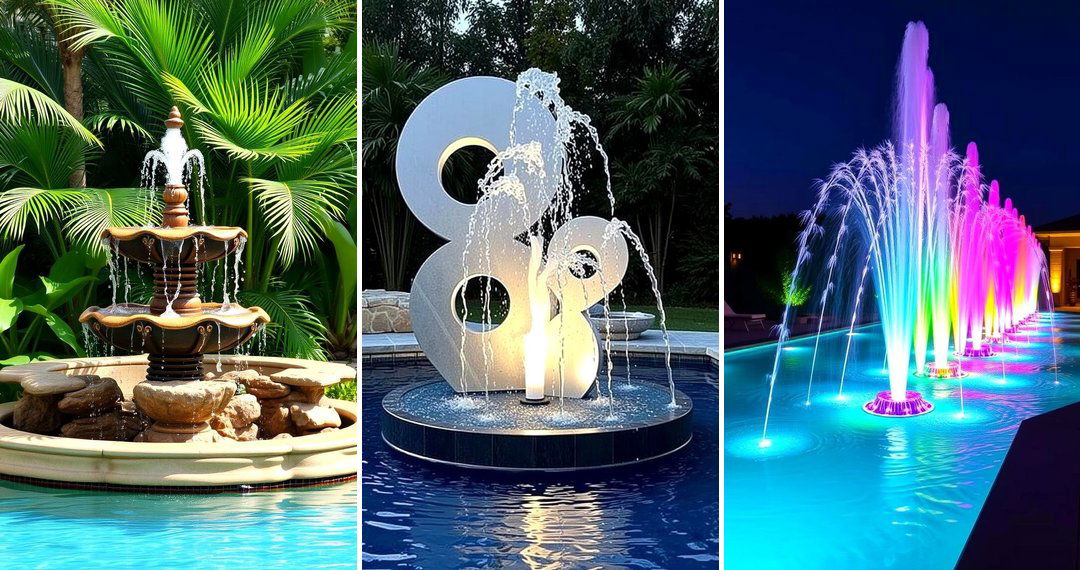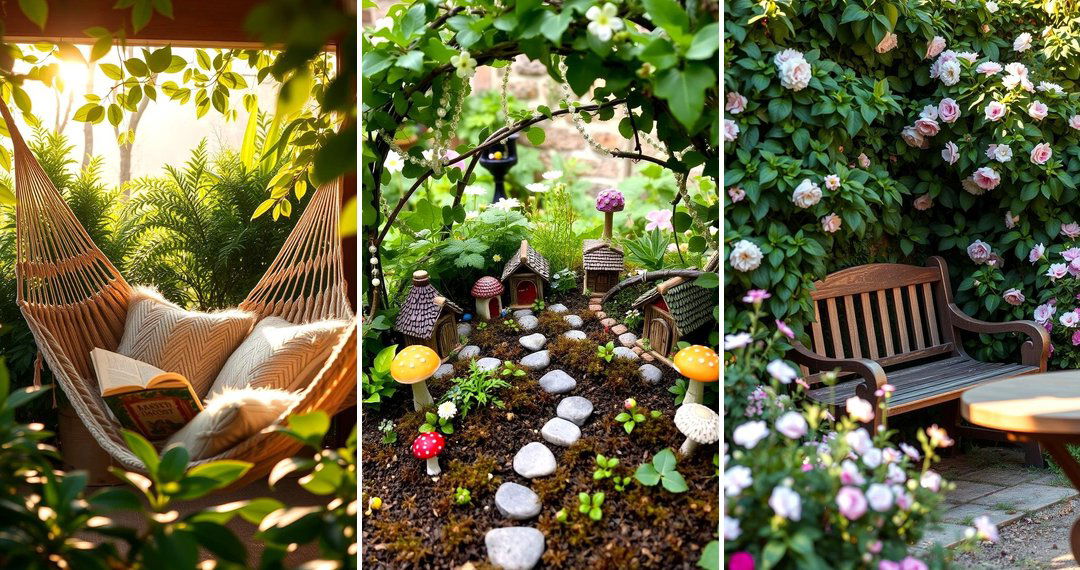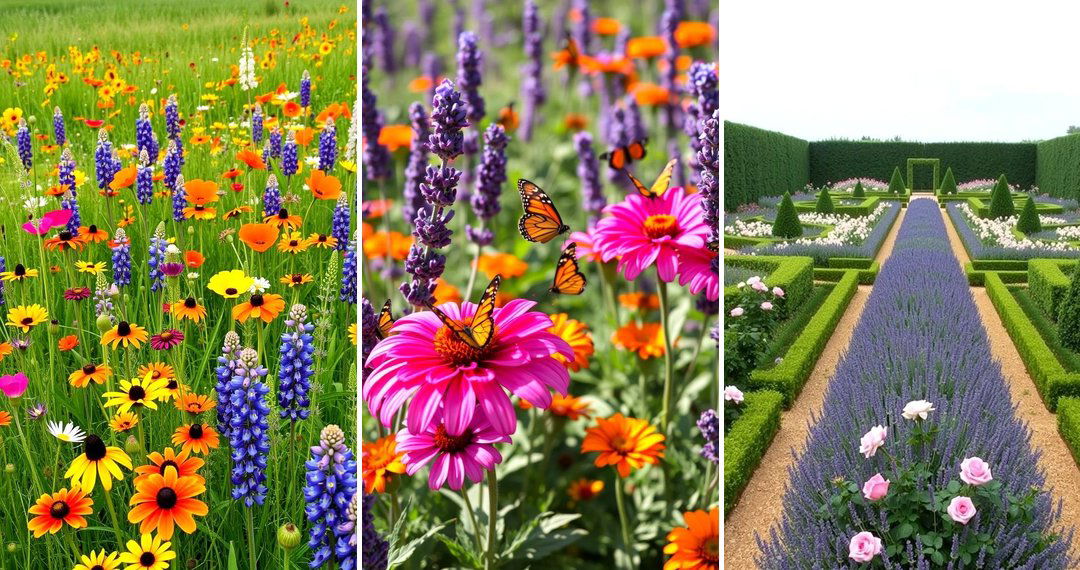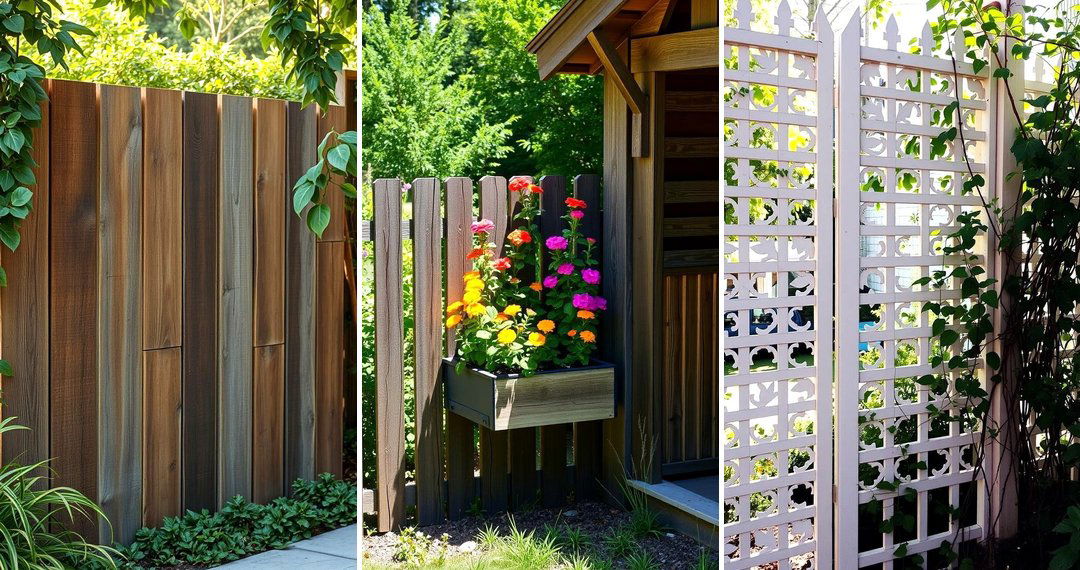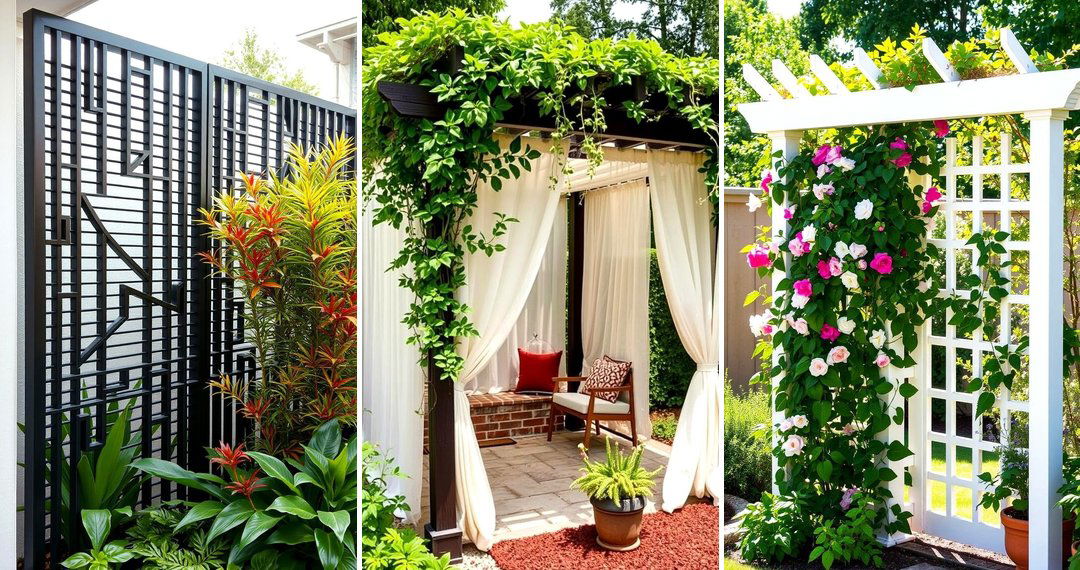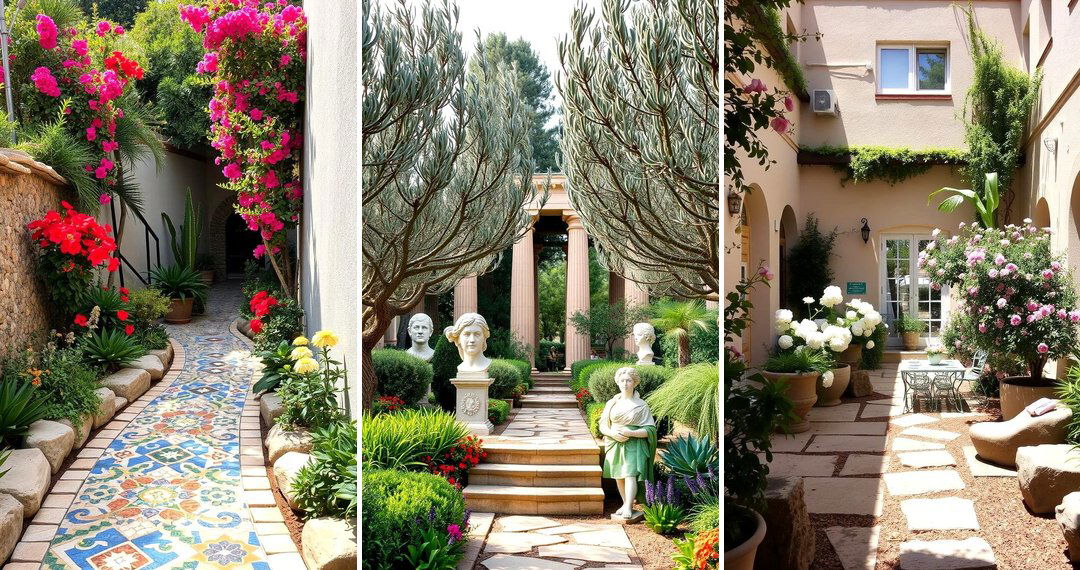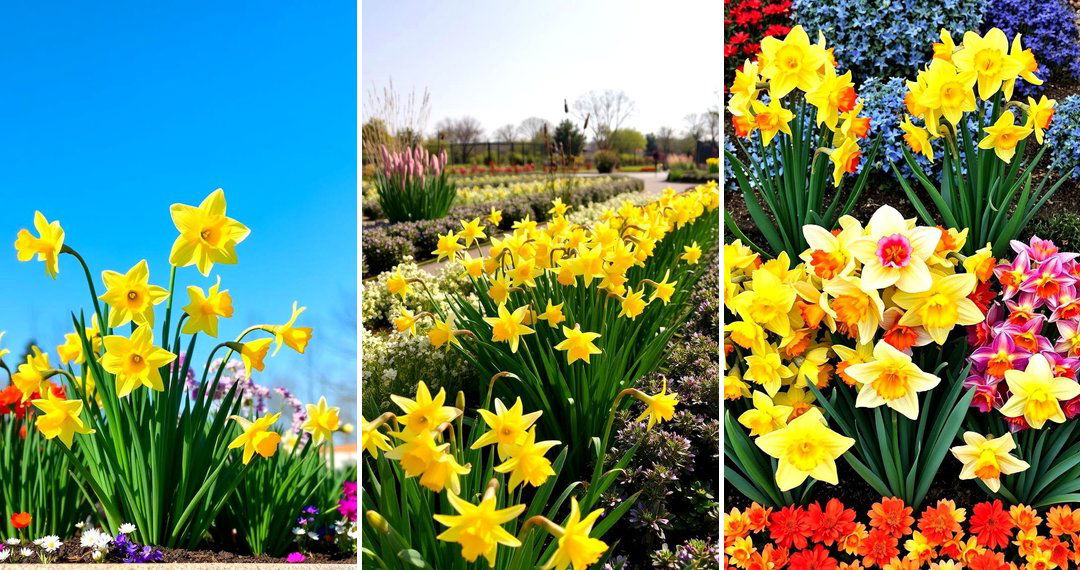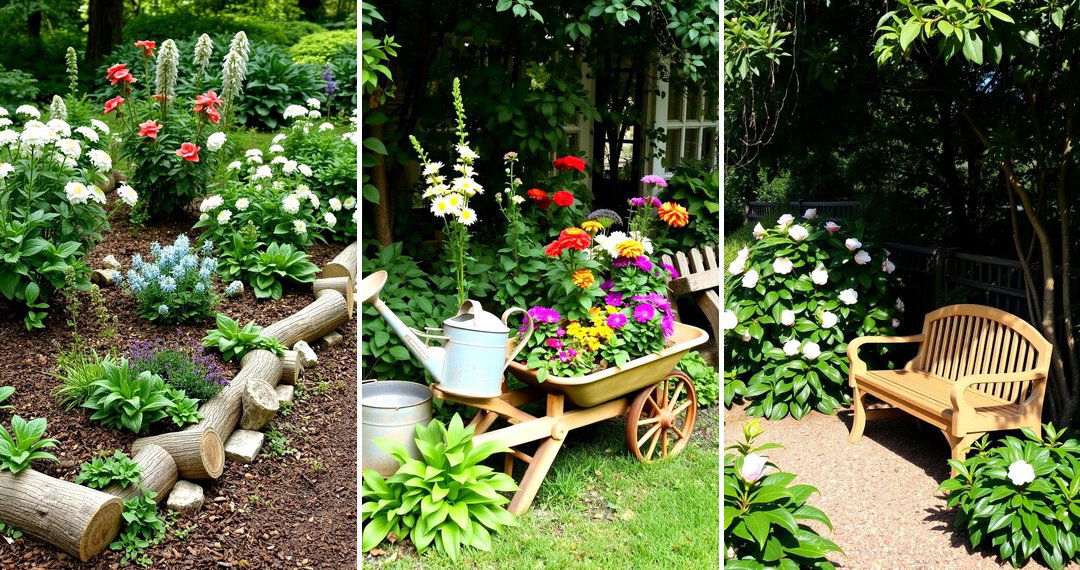Embark on a journey to transform your outdoor space into a breathtaking tapestry of greenery with the timeless elegance of parterre gardens. These meticulously designed layouts, characterized by their symmetrical patterns and intricate detailing, offer a unique blend of artistry and horticulture. Discover how to elevate your garden's aesthetic and create a captivating focal point that exudes sophistication and charm. Let's delve into the world of 24 Parterre Garden Ideas and explore the endless possibilities for crafting your own stunning display.
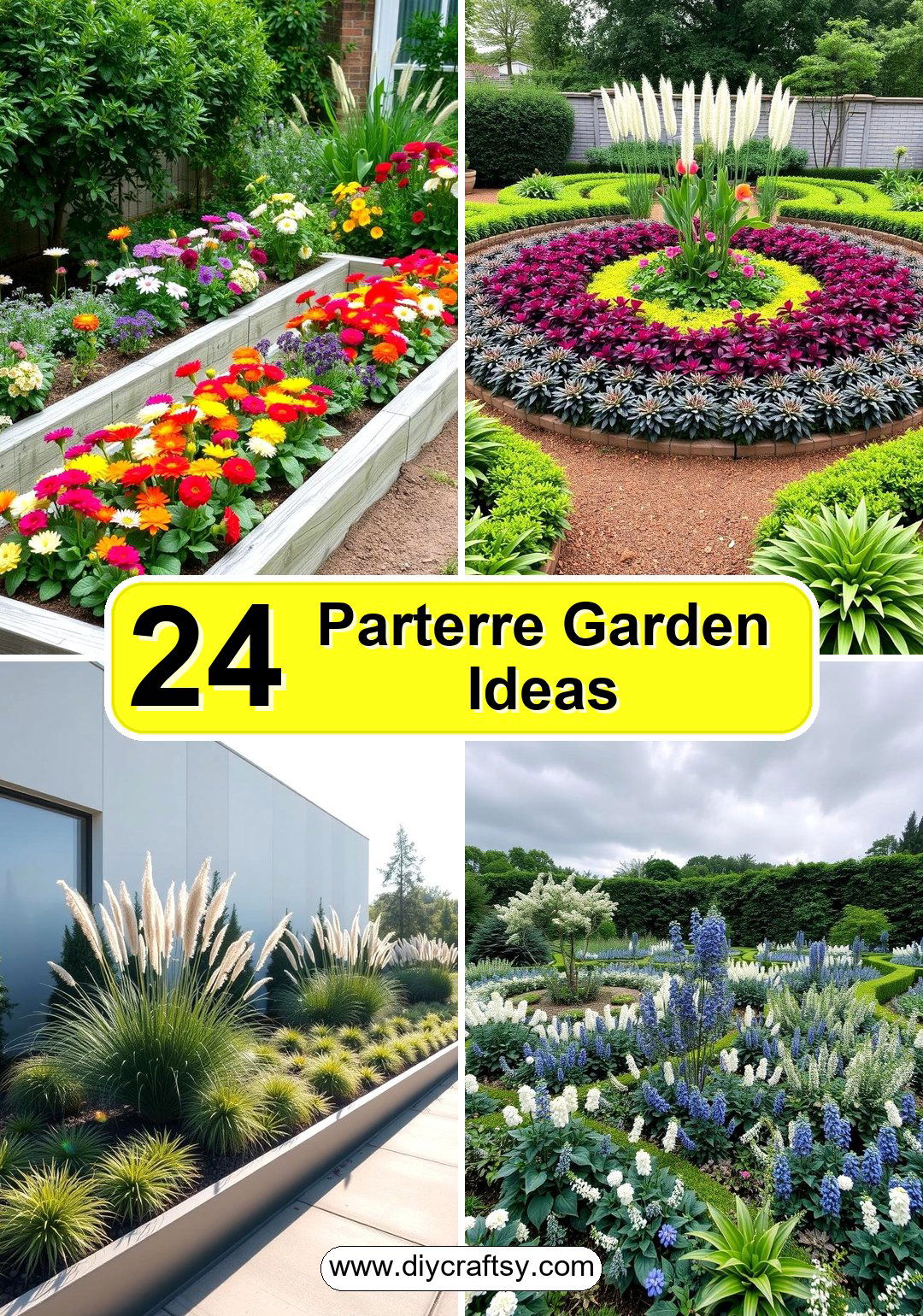
1. Symmetrical Knot Garden
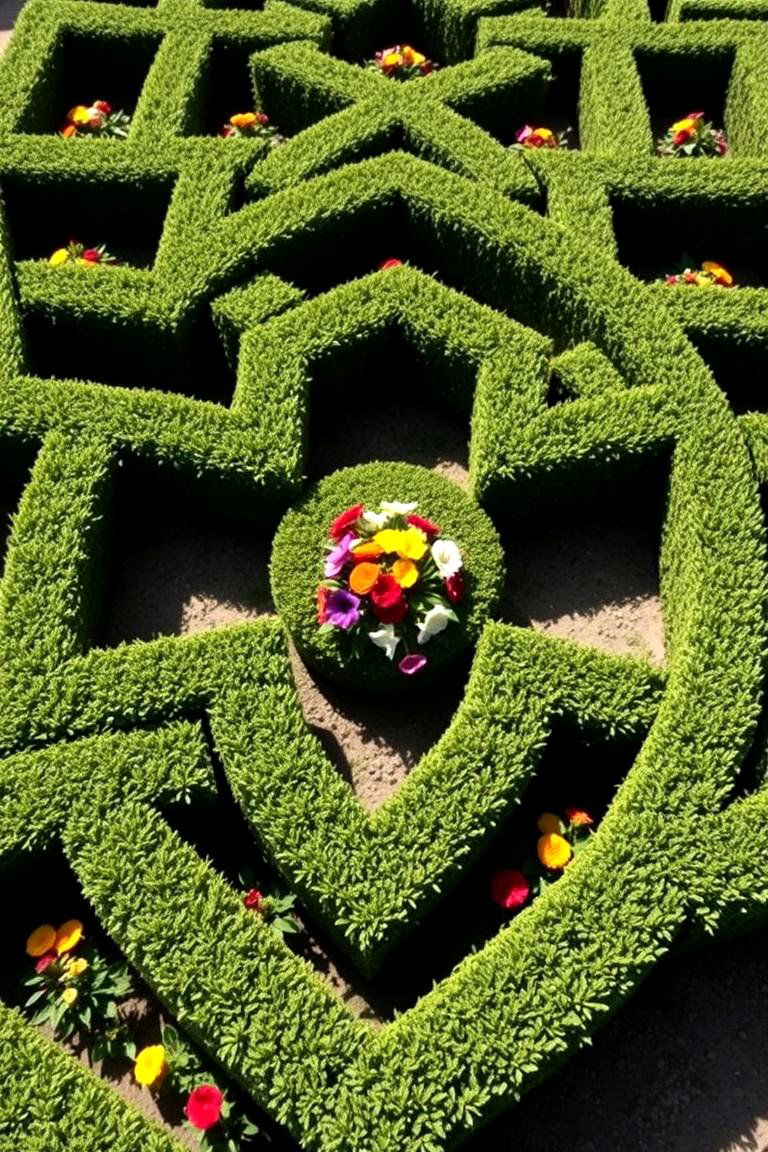
Consider the timeless appeal of a symmetrical knot garden, a classic parterre design that brings a sense of order and visual harmony to any landscape. These intricate patterns, often formed with low-growing evergreen shrubs like boxwood, create a captivating labyrinth of interwoven lines. The key benefit lies in their structured elegance, providing a year-round framework that can be further enhanced with colorful seasonal blooms planted within the defined spaces. This style not only adds a touch of historical grandeur but also offers a satisfying sense of visual balance and tranquility to your garden.
2. Herbaceous Border Parterre
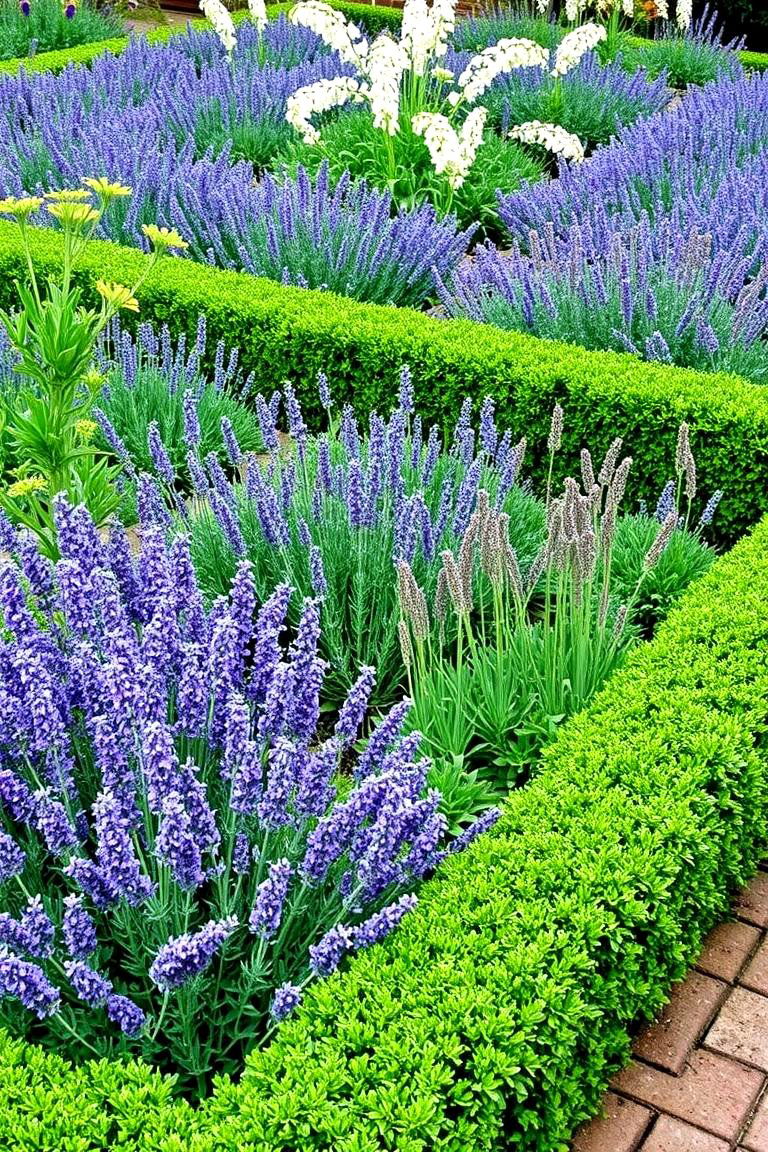
Bringing a sensory delight to your garden, an herbaceous border parterre combines the structured layout with the fragrant and textural richness of herbs. Imagine neat compartments edged with low boxwood, filled with aromatic lavender, rosemary, thyme, and sage. The practical advantage here is twofold: you gain a visually appealing design and a readily accessible supply of fresh culinary and medicinal herbs. Moreover, the varying textures and scents of the herbs add another dimension to the garden, attracting pollinators and creating a truly immersive experience.
3. Geometric Boxwood Designs
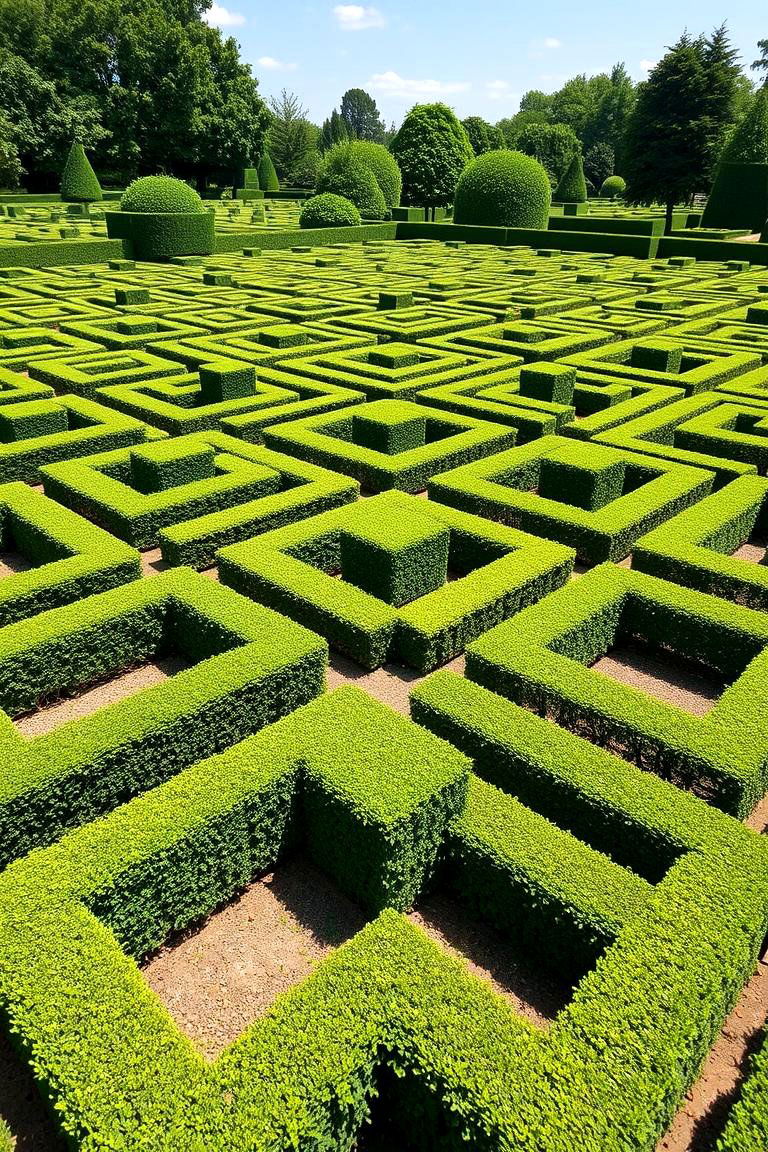
With their crisp lines and enduring greenery, geometric boxwood designs stand as a testament to the enduring appeal of parterre gardens. These designs often feature repeating shapes like squares, rectangles, and triangles, creating a formal and sophisticated look. The primary benefit is the strong architectural element they introduce to the garden, providing structure and definition even in the winter months. Furthermore, boxwood is relatively low-maintenance and easy to prune, making it an ideal choice for creating lasting and impactful geometric patterns.
4. Floral Carpet Bedding

For a vibrant and ever-changing display, explore the idea of floral carpet bedding within your parterre framework. This involves planting masses of colorful annuals in intricate patterns, creating a tapestry of blooms that evolves throughout the seasons. The key advantage is the opportunity for creative expression and the ability to continuously refresh the garden's look with different color schemes and plant varieties. This approach adds a playful and dynamic element to the formal structure of a parterre.
5. Topiary Accents in Parterres
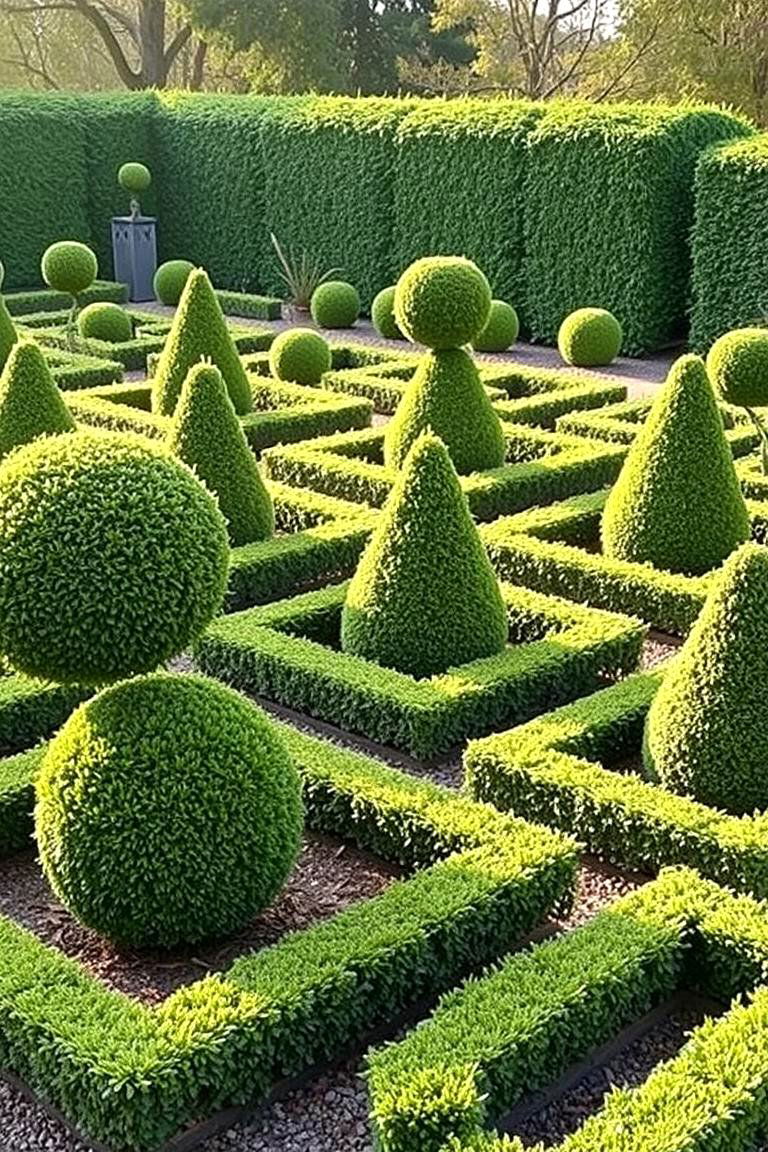
Another way to elevate your parterre garden is by incorporating striking topiary accents. Imagine neatly clipped spheres, cones, or even more elaborate shapes strategically placed within the geometric beds. The benefit here is the added vertical interest and sculptural quality that topiary brings to the design. These living sculptures act as focal points, drawing the eye and adding a touch of whimsy or formality depending on the chosen shapes and plant species.
6. Water Feature Integration
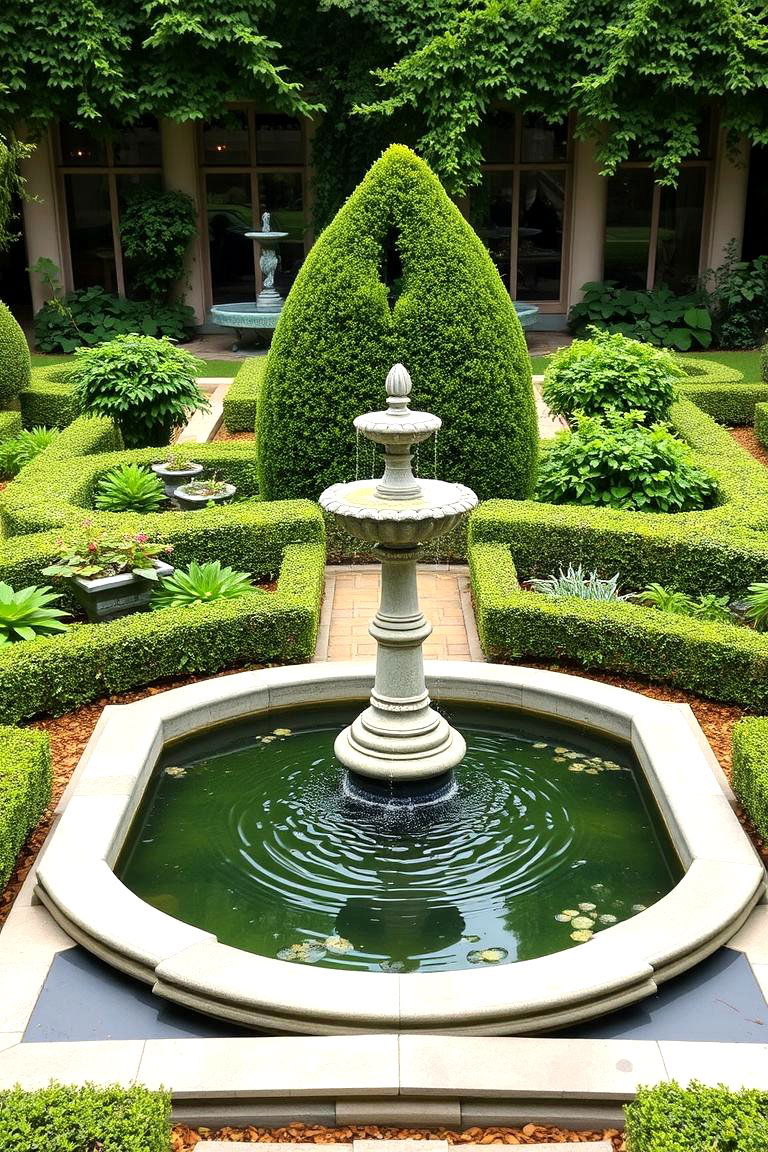
Looking to introduce a soothing element? Consider integrating a water feature into your parterre garden design. A small fountain, a tranquil reflecting pool, or even a narrow rill can become a central point of interest, enhancing the overall ambiance. The practical advantage is the calming sound of water and the visual appeal of its reflective surface, which can beautifully mirror the surrounding greenery and sky. This combination of structured planting and flowing water creates a harmonious and serene garden space.
7. Gravel Pathways within Parterres
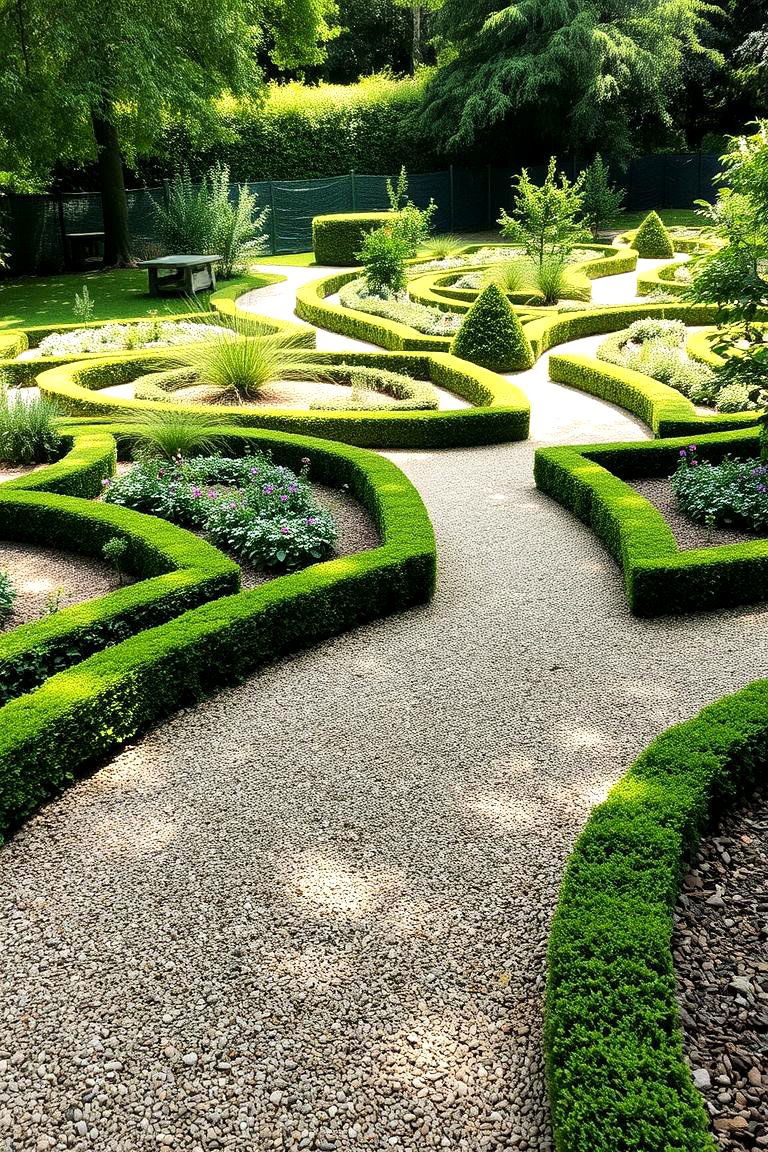
With a focus on practicality and aesthetics, incorporating gravel pathways within your parterre garden offers a charming way to navigate the intricate beds. The benefit here is the clear definition of planting areas and the pleasant crunch underfoot as you stroll through the garden. Moreover, gravel pathways provide good drainage and a contrasting texture to the lush greenery, enhancing the visual appeal and making maintenance easier.
8. Sculptural Elements as Focal Points
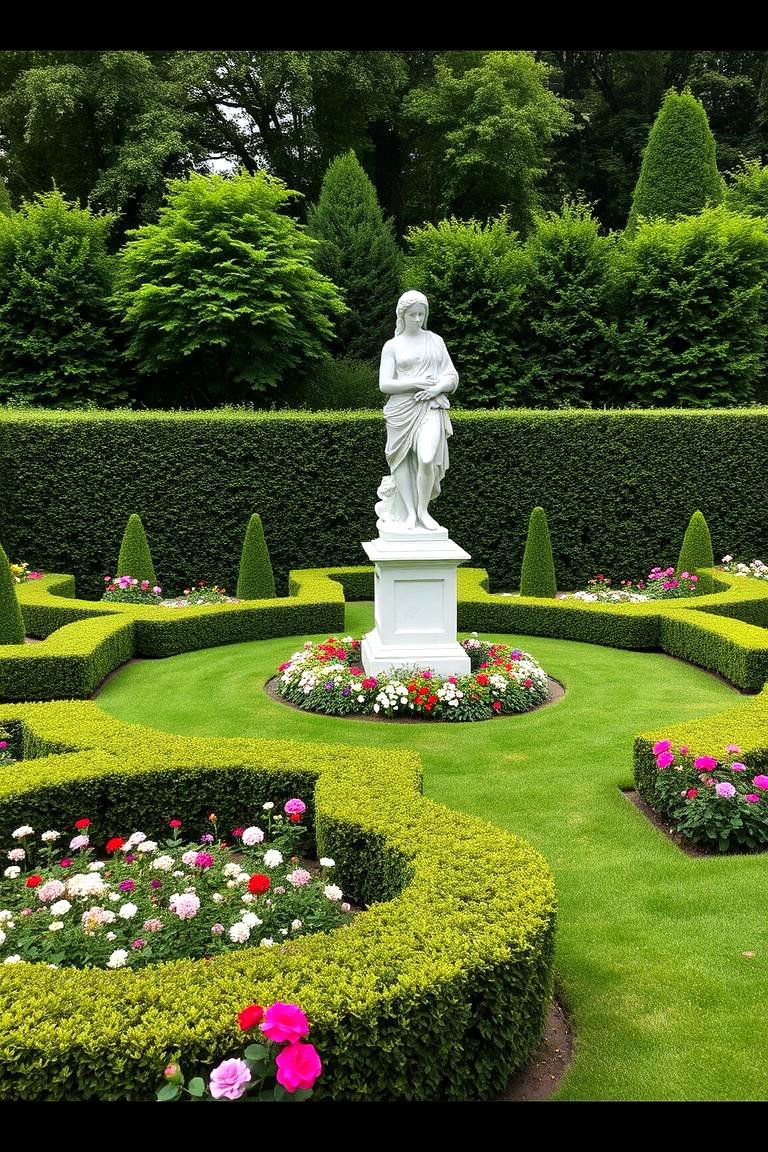
Take your parterre garden to the next level by introducing carefully selected sculptural elements as focal points. A classic statue, an abstract piece of art, or even a beautifully crafted sundial can add personality and depth to the design. The key advantage is the way these elements draw the eye and create points of interest within the structured planting. Choose pieces that complement the overall style of your garden and reflect your personal taste.
9. Color-Themed Parterres
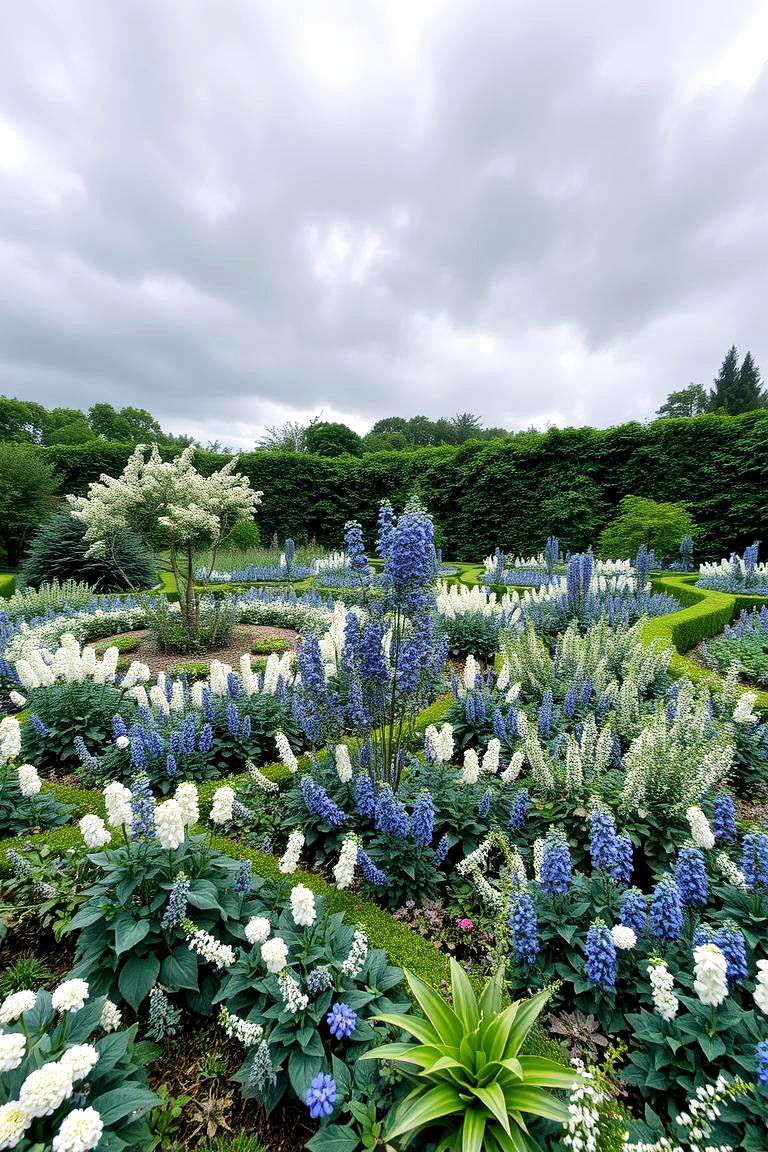
What if you designed your parterre garden around a specific color theme? This approach can create a powerful visual impact and a sense of cohesion. For example, a garden dominated by cool blues, silvers, and whites can evoke a sense of tranquility, while a vibrant mix of reds, oranges, and yellows can create a more energetic atmosphere. The benefit lies in the intentional use of color to create a desired mood and aesthetic within the defined structure of the parterre.
10. Edging with Low-Growing Plants
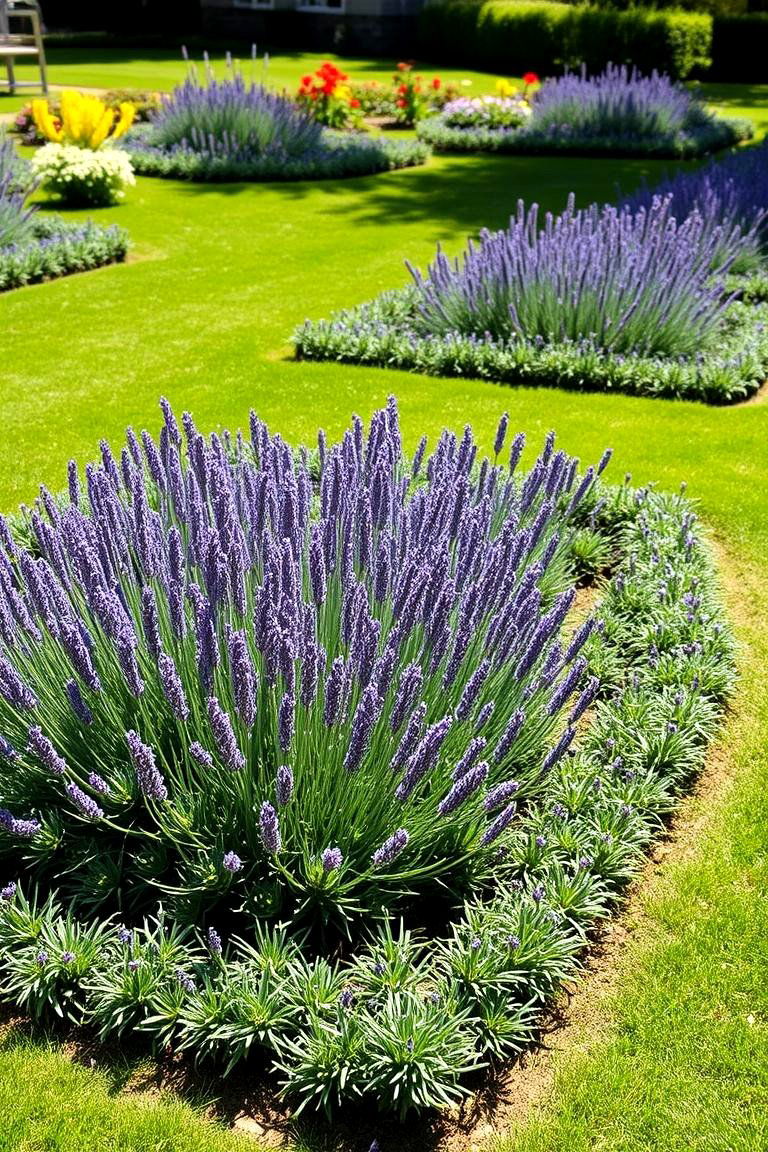
To define the boundaries of your parterre beds with elegance, consider using low-growing plants for edging. Options like dwarf lavender, santolina, or even tightly clipped thyme can create a soft yet distinct border. The practical advantage is the way this technique visually separates the planting areas from pathways or lawns, adding a refined touch without overwhelming the overall design. These low edges also help to contain the soil and mulch within the beds.
11. Layered Parterre Designs
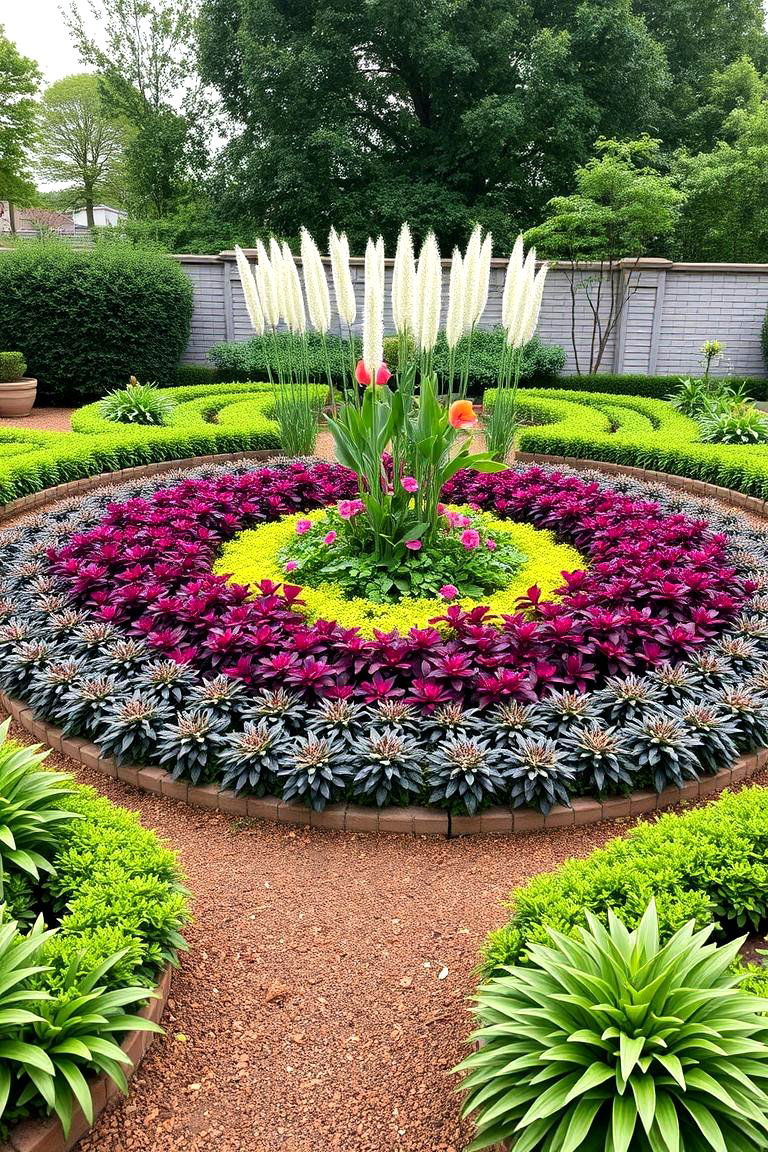
Bringing depth and dimension to your garden, layered parterre designs involve creating different levels of planting within the defined framework. This could involve slightly raised beds or the use of taller plants in the center of a design, gradually stepping down to lower edging plants. The benefit is the added visual interest and the opportunity to showcase a wider variety of plants with different heights and textures. This layering effect creates a more dynamic and engaging garden space.
12. Miniature Parterre Gardens
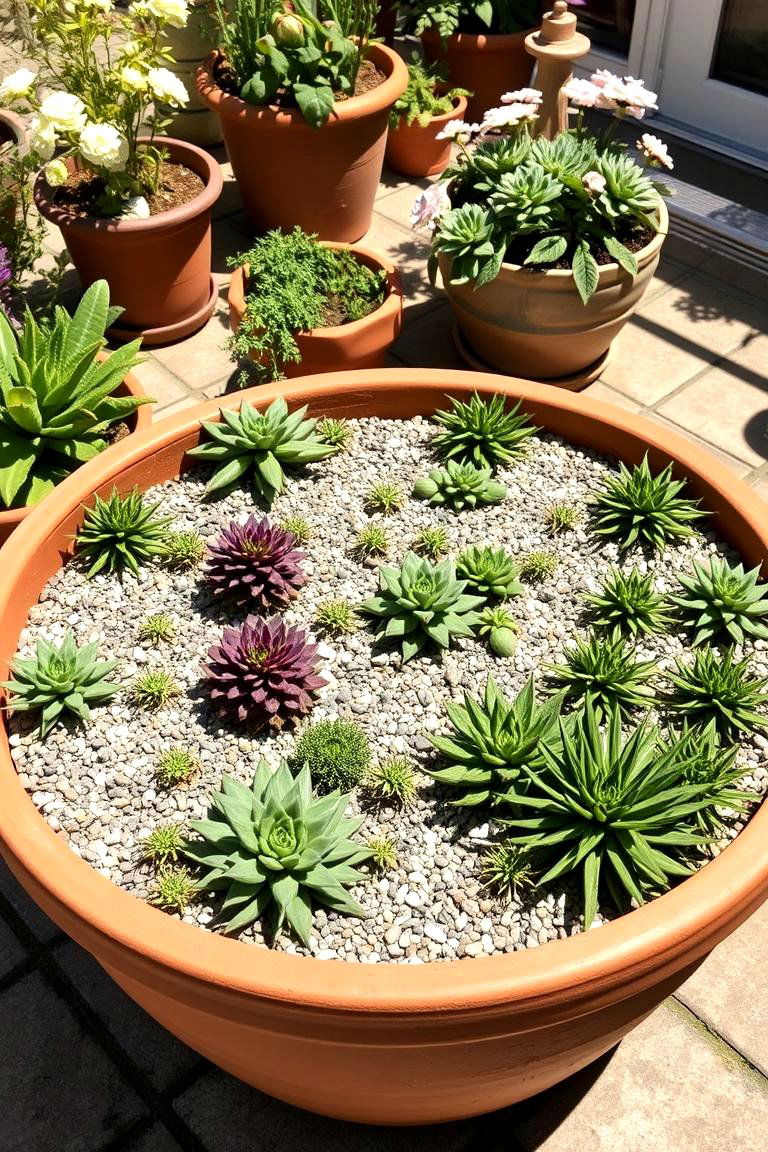
For those with limited space, a miniature parterre garden can bring the elegance of this design style to even the smallest of areas. Consider creating a parterre in a large container or a small designated section of your patio. The key advantage is the adaptability of the concept, allowing you to enjoy the intricate patterns and structured beauty on a smaller scale. Use compact plants and fine gravel to create a charming and manageable miniature masterpiece.
13. Parterres on Sloping Terrain
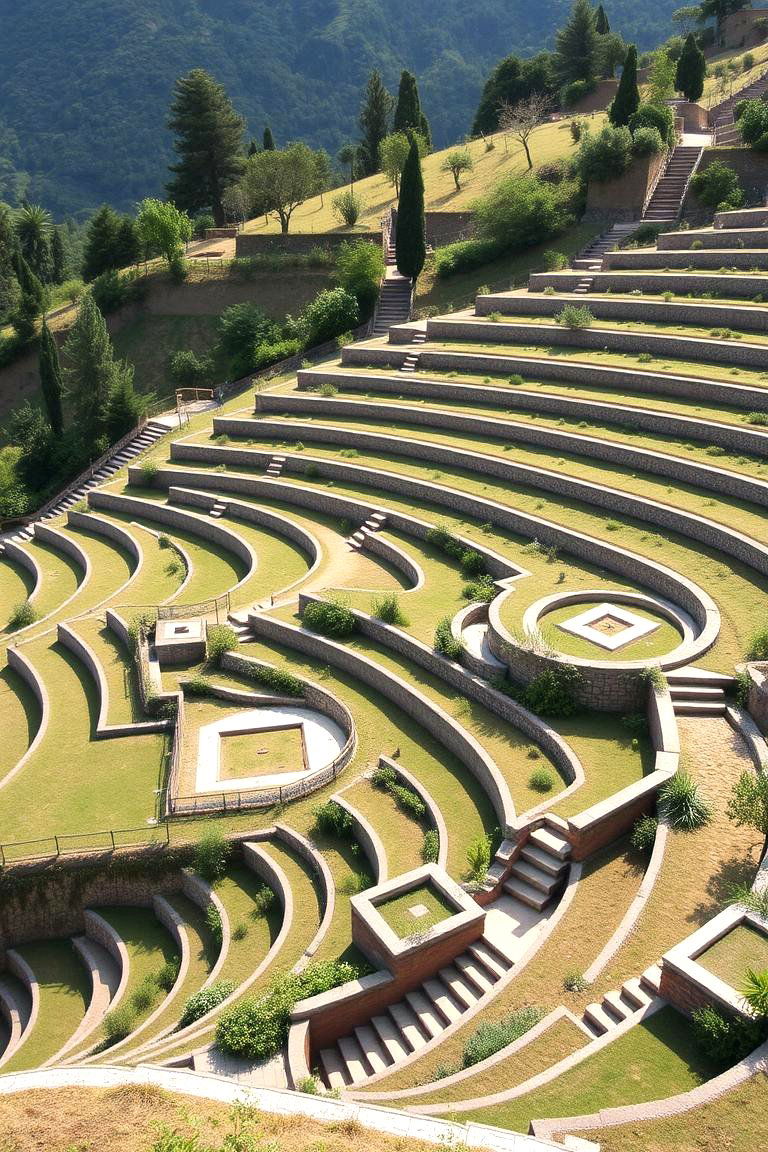
Despite the challenge, parterres can be beautifully adapted to sloping terrain. This often involves creating terraced levels, with each terrace featuring a distinct parterre design. The benefit is the transformation of an otherwise difficult area into a visually stunning and architecturally interesting part of your garden. Careful planning and the use of retaining walls can create a dramatic and unique parterre landscape.
14. Contemporary Parterre Interpretations
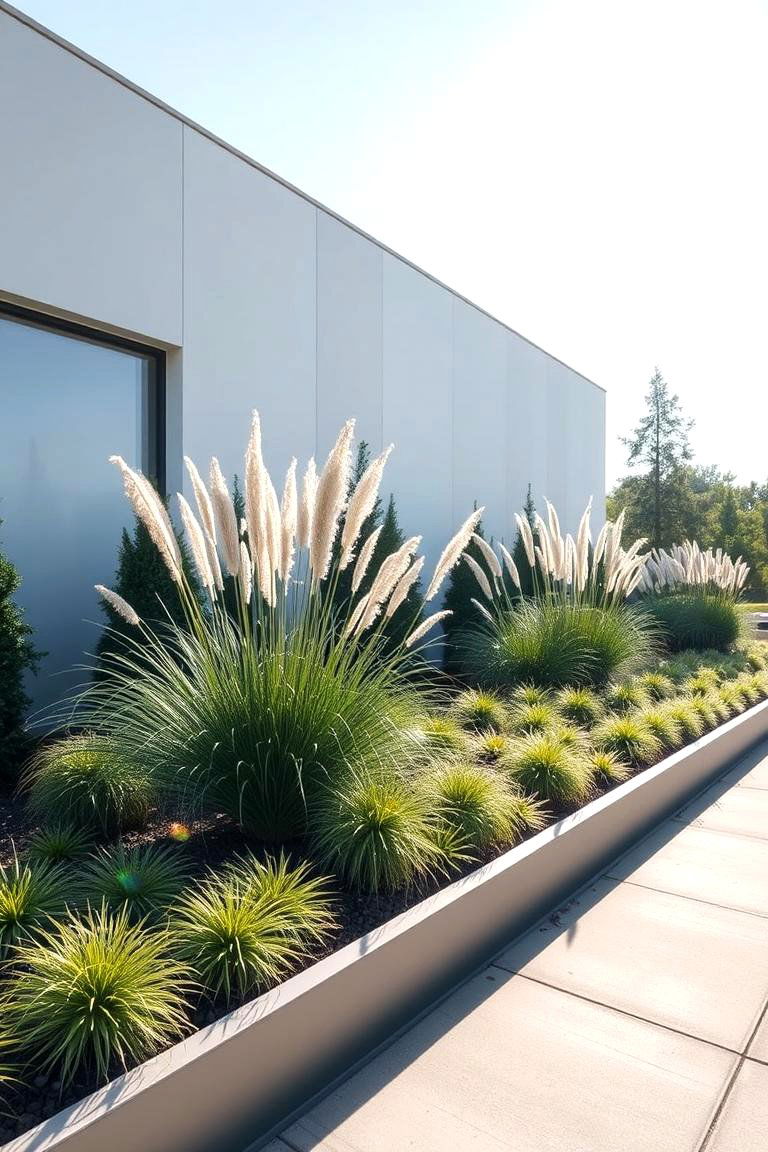
While rooted in tradition, parterre design can also embrace contemporary aesthetics. Think clean lines, minimalist planting palettes, and the incorporation of modern materials like metal or concrete in the edging or pathways. The advantage is the ability to adapt this classic style to suit modern tastes and architectural styles. This approach can result in a sophisticated and understated parterre garden that feels both timeless and current.
15. Seasonal Planting Displays
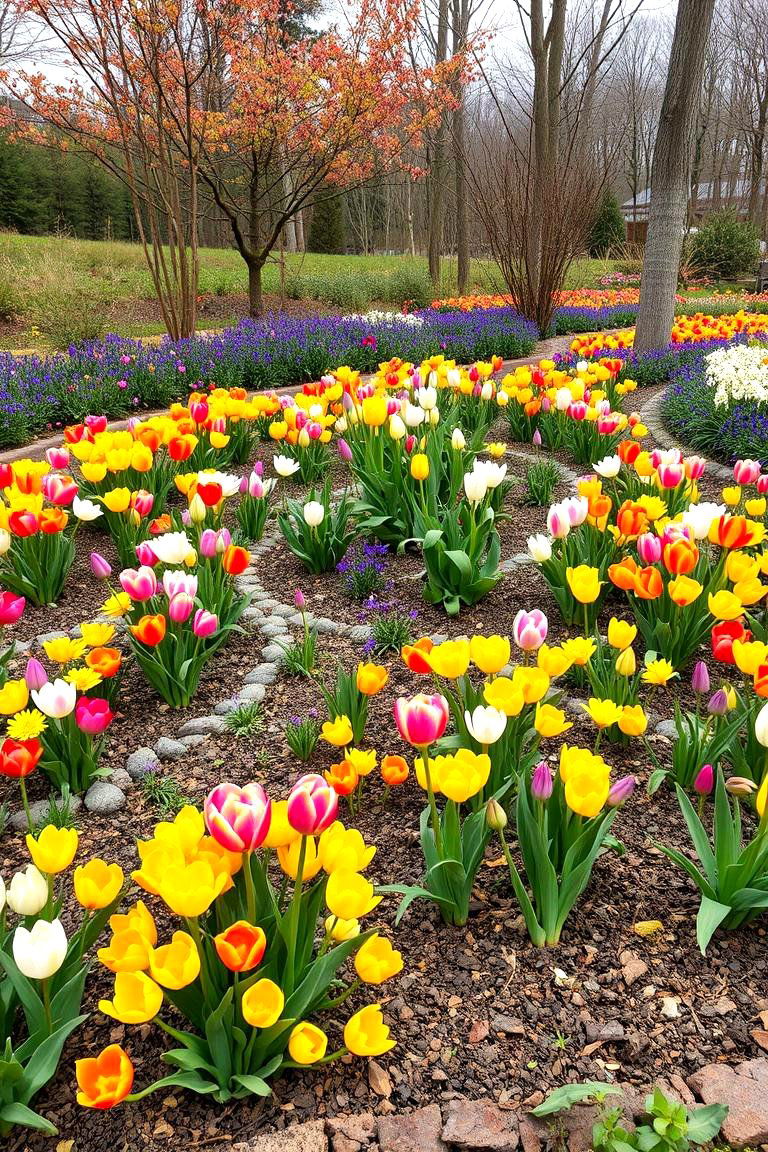
To keep your parterre garden looking fresh and vibrant throughout the year, plan for seasonal planting displays. This involves changing out plants according to the time of year, ensuring a continuous show of color and texture. The benefit is the dynamic nature of the garden, offering something new to admire with each passing season. From spring bulbs to summer annuals and autumn foliage, a well-planned seasonal approach keeps the parterre alive and engaging.
16. Fragrant Herb Parterres
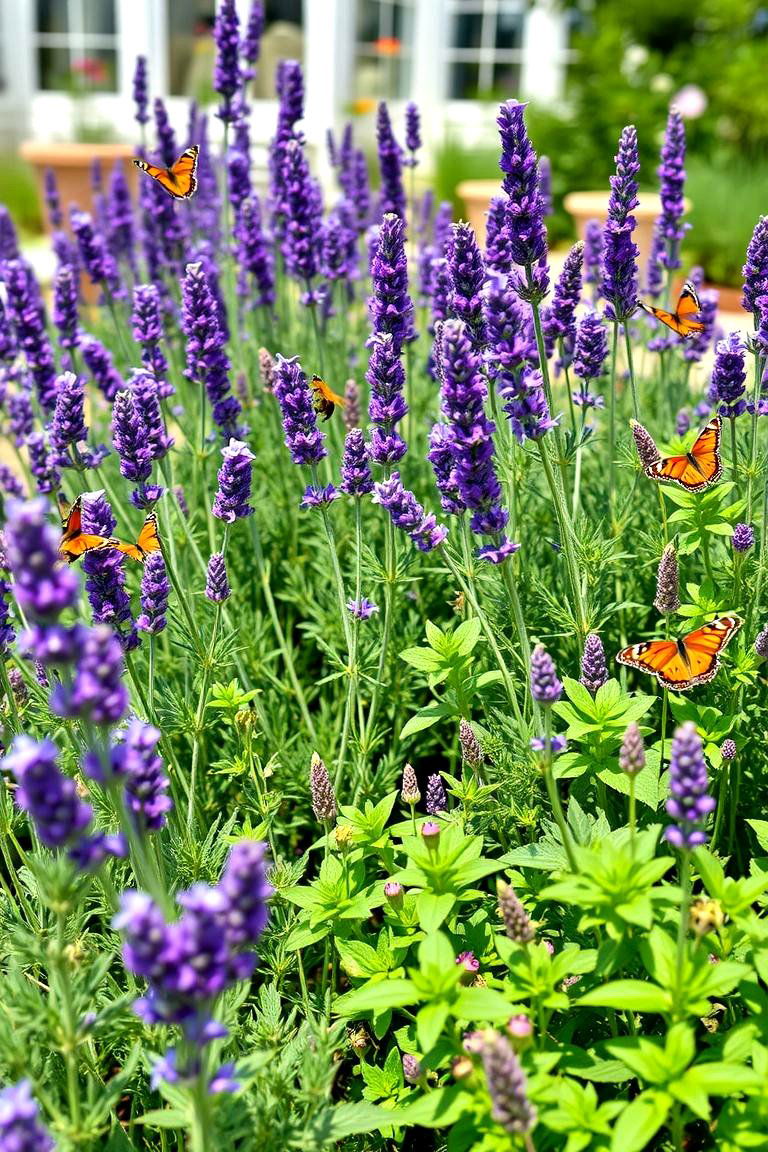
Elevate the sensory experience with a parterre garden specifically designed for fragrant herbs. Imagine brushing against lavender, rosemary, and mint as you walk by, releasing their delightful aromas. The practical advantage extends beyond the olfactory pleasure, as many of these herbs also attract beneficial insects and can be used in cooking or for their medicinal properties. This type of parterre is both beautiful and functional.
17. Parterres with Ornamental Grasses
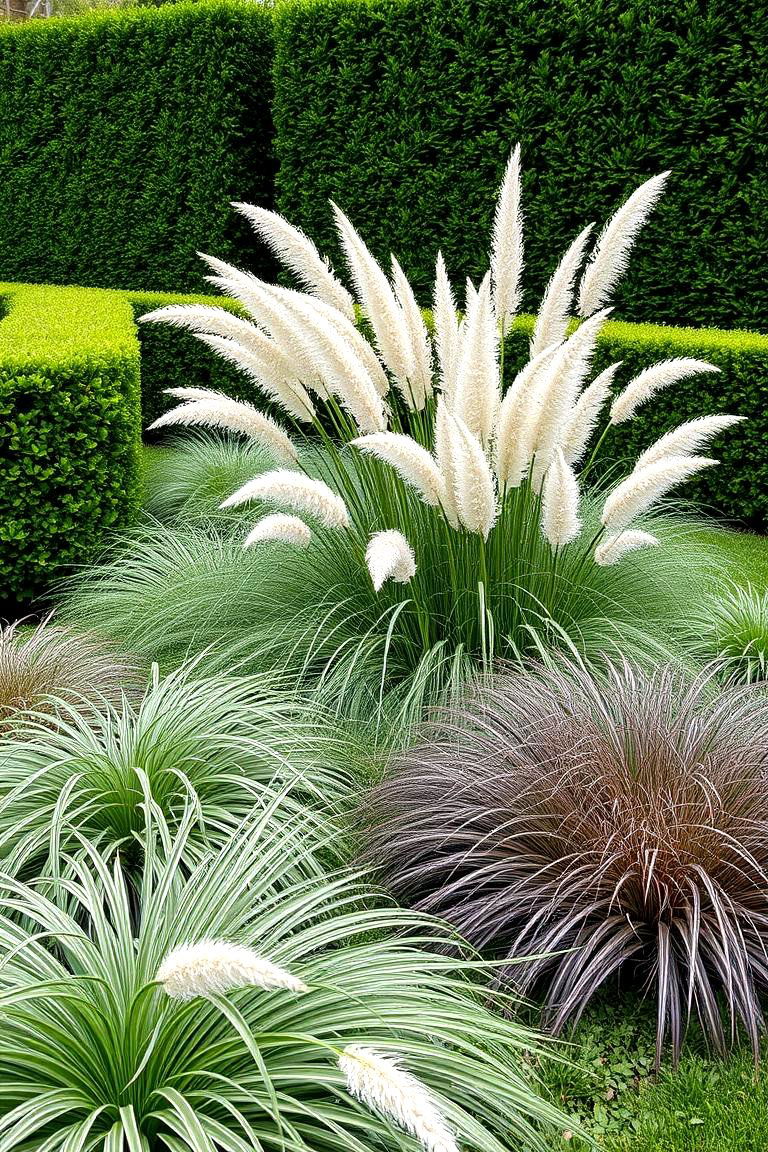
For a touch of modern elegance and movement, consider incorporating ornamental grasses into your parterre design. The flowing textures and subtle colors of grasses can provide a beautiful contrast to the more structured elements of the traditional parterre. The benefit is the added visual interest and the gentle sway of the grasses in the breeze, bringing a sense of dynamism to the formal layout. Choose varieties that complement the overall color scheme and scale of your garden.
18. Using Different Textures in Planting
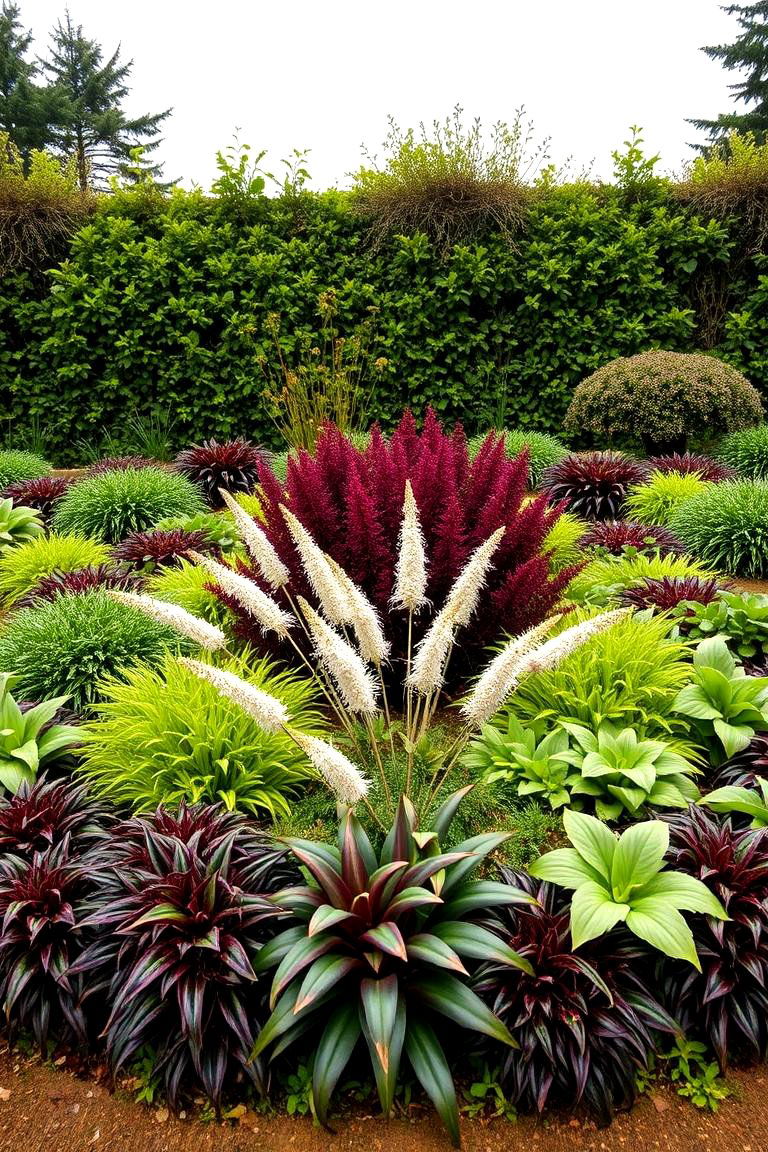
Enhance the visual appeal of your parterre by intentionally using plants with different textures. Combine the fine, feathery foliage of some plants with the broad, glossy leaves of others. The advantage is the added depth and complexity this textural contrast brings to the design. Experiment with different leaf shapes and plant habits to create a rich and engaging tapestry of greenery within the structured beds.
19. Incorporating Natural Stone Elements
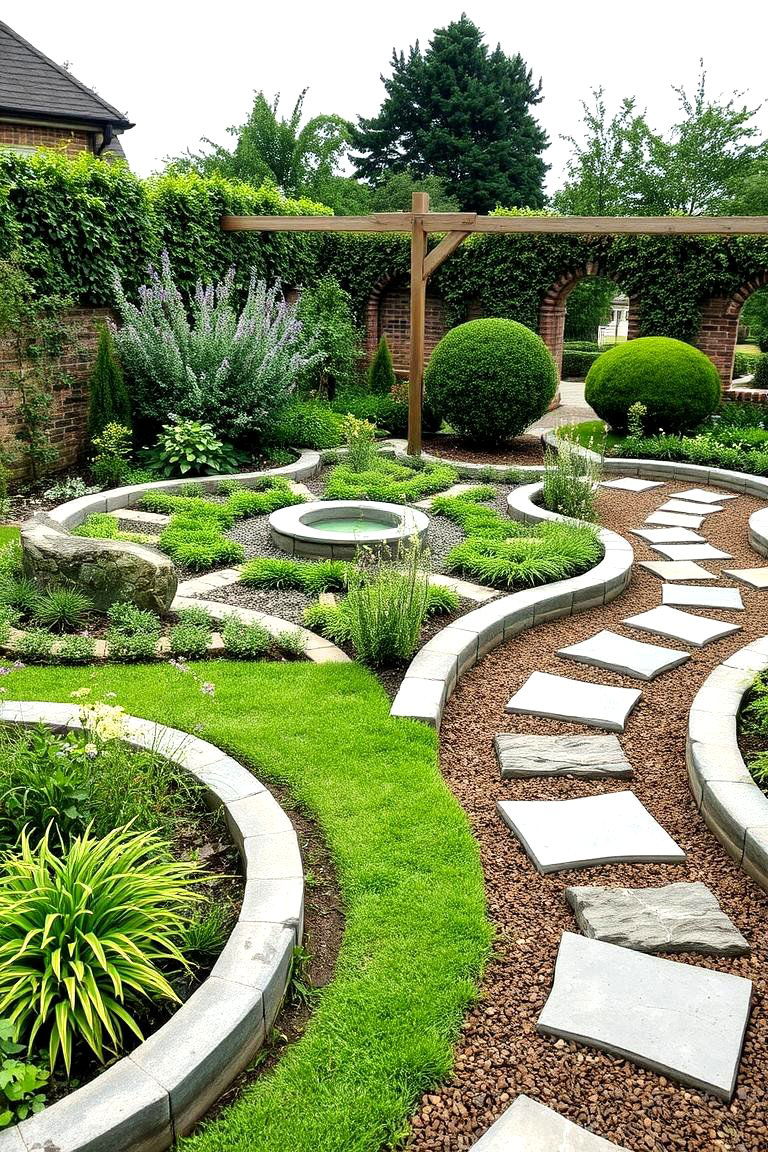
To add a touch of rustic charm and permanence, consider incorporating natural stone elements into your parterre garden. This could include stone edging, stepping stones, or even small rock features within the planting beds. The benefit is the timeless beauty and durability of natural stone, which complements the organic nature of the plants and adds a sense of grounding to the design.
20. Parterres with Raised Beds
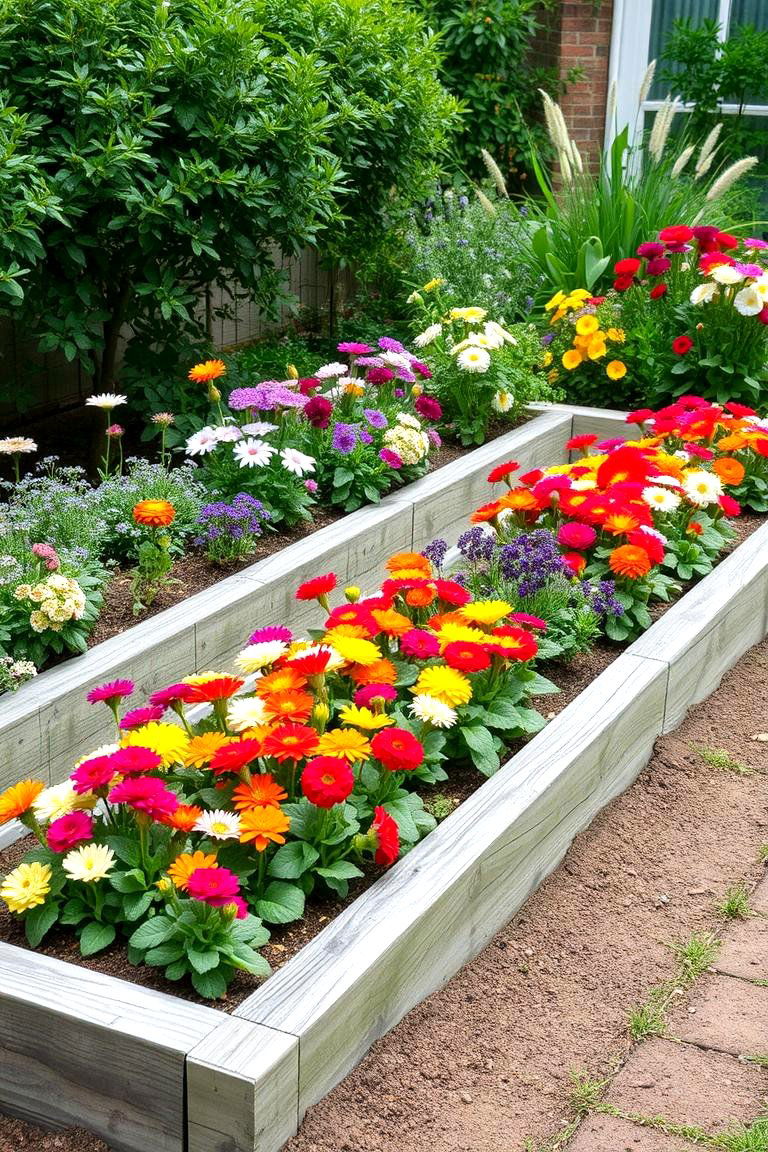
For improved drainage and easier access, consider creating a parterre garden using raised beds. This involves building slightly elevated structures to contain the planting areas, often edged with wood, brick, or stone. The practical advantage is the better control over soil quality and moisture levels, which can benefit certain types of plants. Raised beds also make gardening more accessible for individuals with mobility issues.
21. Vertical Elements in Parterres
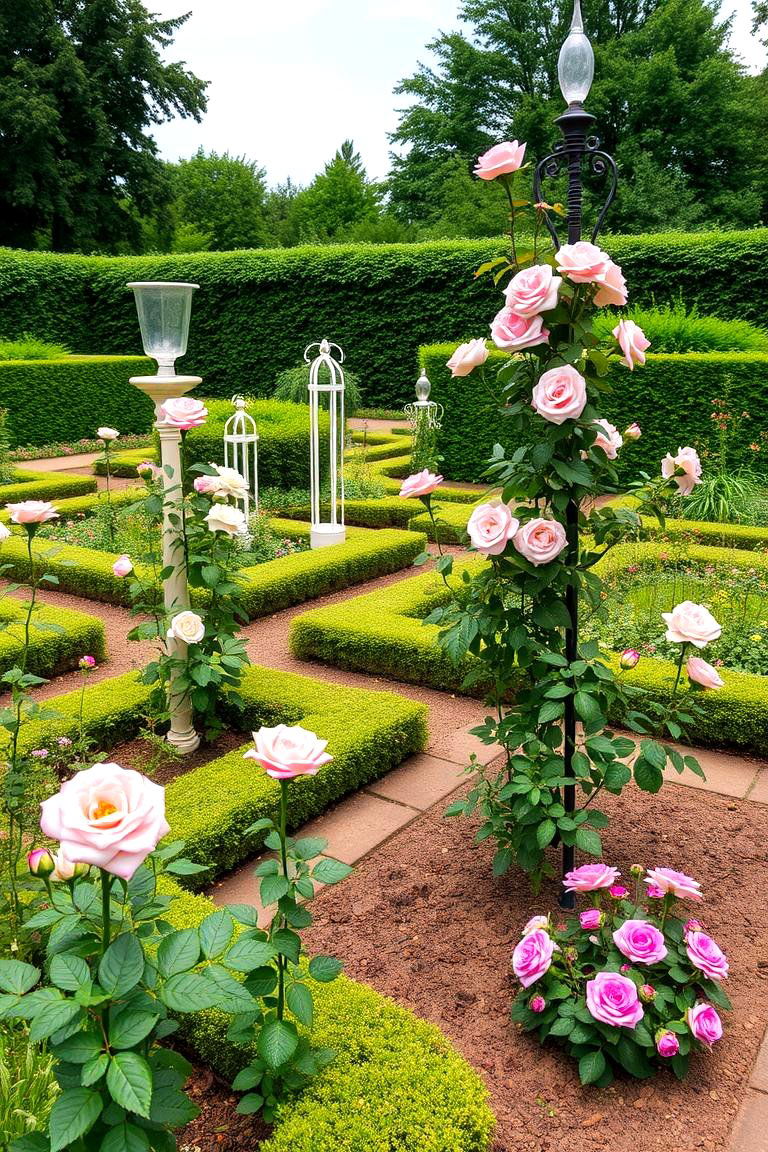
Break up the horizontal lines of a traditional parterre by introducing vertical elements. This could include obelisks, small climbing roses trained on supports, or even slender, upright shrubs strategically placed within the design. The benefit is the added visual interest and the way these vertical accents draw the eye upwards, creating a more dynamic and engaging garden space.
22. Wildlife-Friendly Parterre Designs
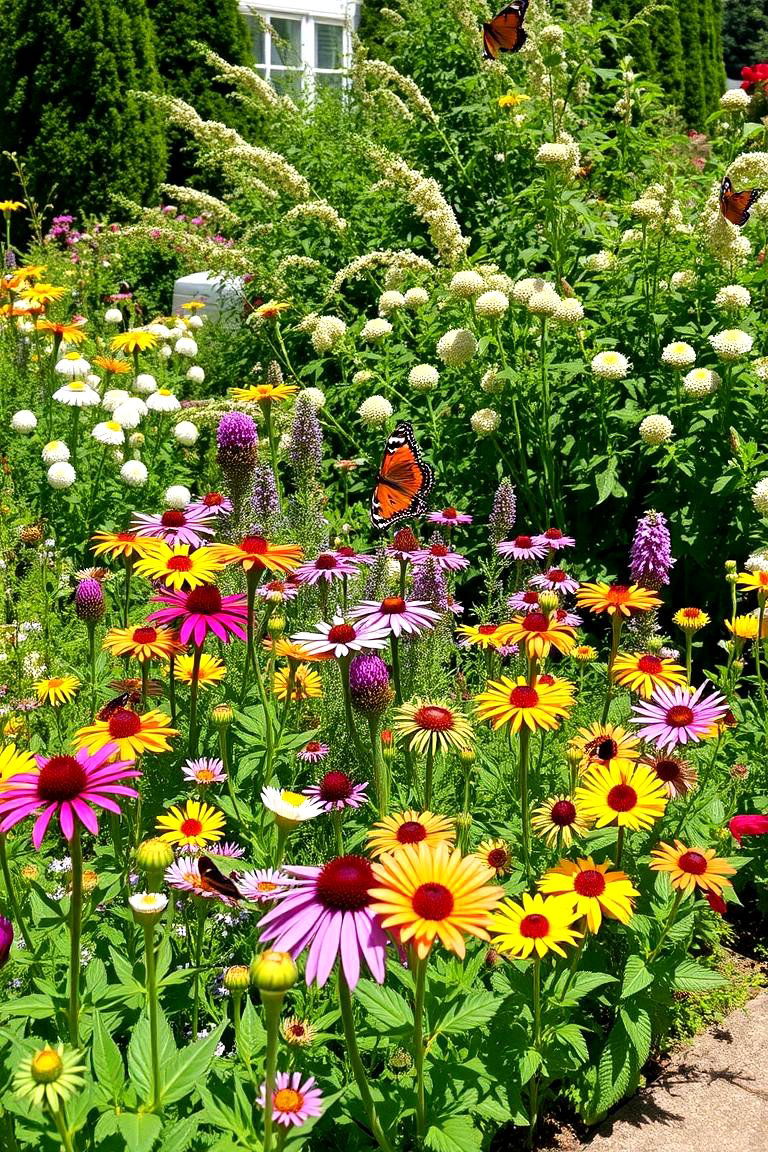
Attract pollinators and other beneficial wildlife to your parterre garden by incorporating plants that provide food and shelter. Choose nectar-rich flowers, berry-producing shrubs, and avoid the use of harmful pesticides. The advantage is the creation of a beautiful and ecologically beneficial space that supports biodiversity and brings the wonders of nature right to your doorstep.
23. Low-Maintenance Parterre Options
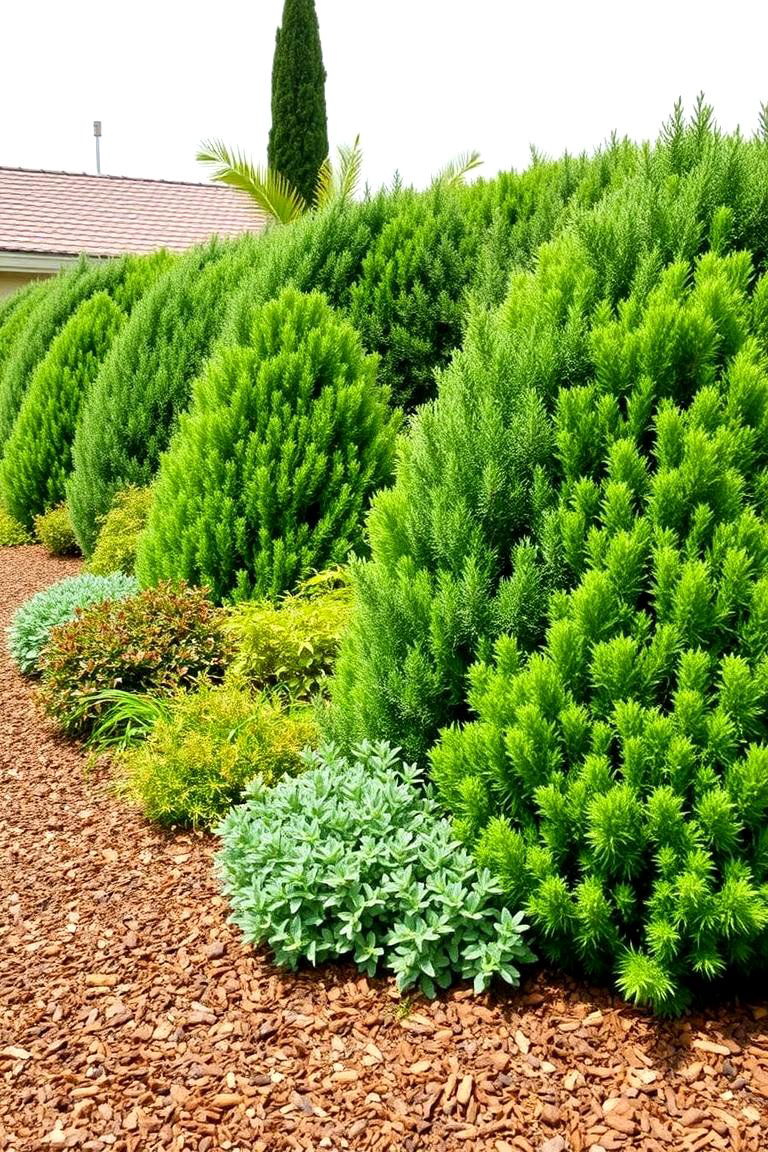
For those seeking beauty without excessive upkeep, there are low-maintenance parterre options to consider. Focus on using slow-growing, drought-tolerant plants that require minimal pruning and watering. The benefit is the ability to enjoy the structured elegance of a parterre without the demanding maintenance schedule. Choose hardy evergreens and incorporate mulch to suppress weeds and retain moisture.
24. Sunken Parterre Gardens
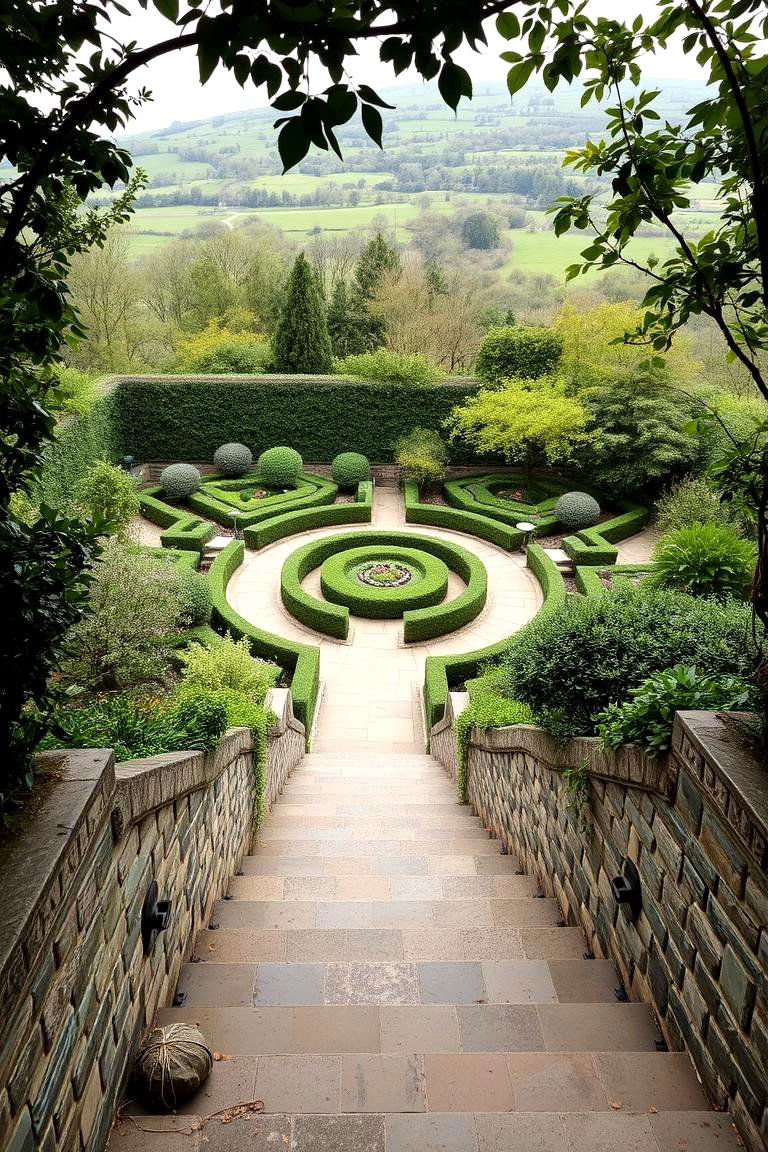
Finally, for a dramatic and sheltered garden space, consider a sunken parterre. This involves creating a garden at a lower level than the surrounding landscape, often accessed by steps. The benefit is the sense of enclosure and intimacy this design provides, as well as the potential for creating a microclimate that can support more delicate plants. A sunken parterre can become a truly unique and captivating feature of your property.
Conclusion:
Exploring the realm of 24 Parterre Garden Ideas reveals the versatility and enduring beauty of this classic garden design. From the formal symmetry of knot gardens to the vibrant hues of floral carpet bedding and the soothing presence of integrated water features, each idea offers a unique pathway to transforming your outdoor space. By thoughtfully considering elements like plant selection, layout, and the integration of features like sculpture and pathways, you can craft a parterre garden that not only reflects your personal style but also enhances the overall aesthetic of your property. Embrace these concepts and let your creativity blossom as you cultivate your own stunning parterre masterpiece.


